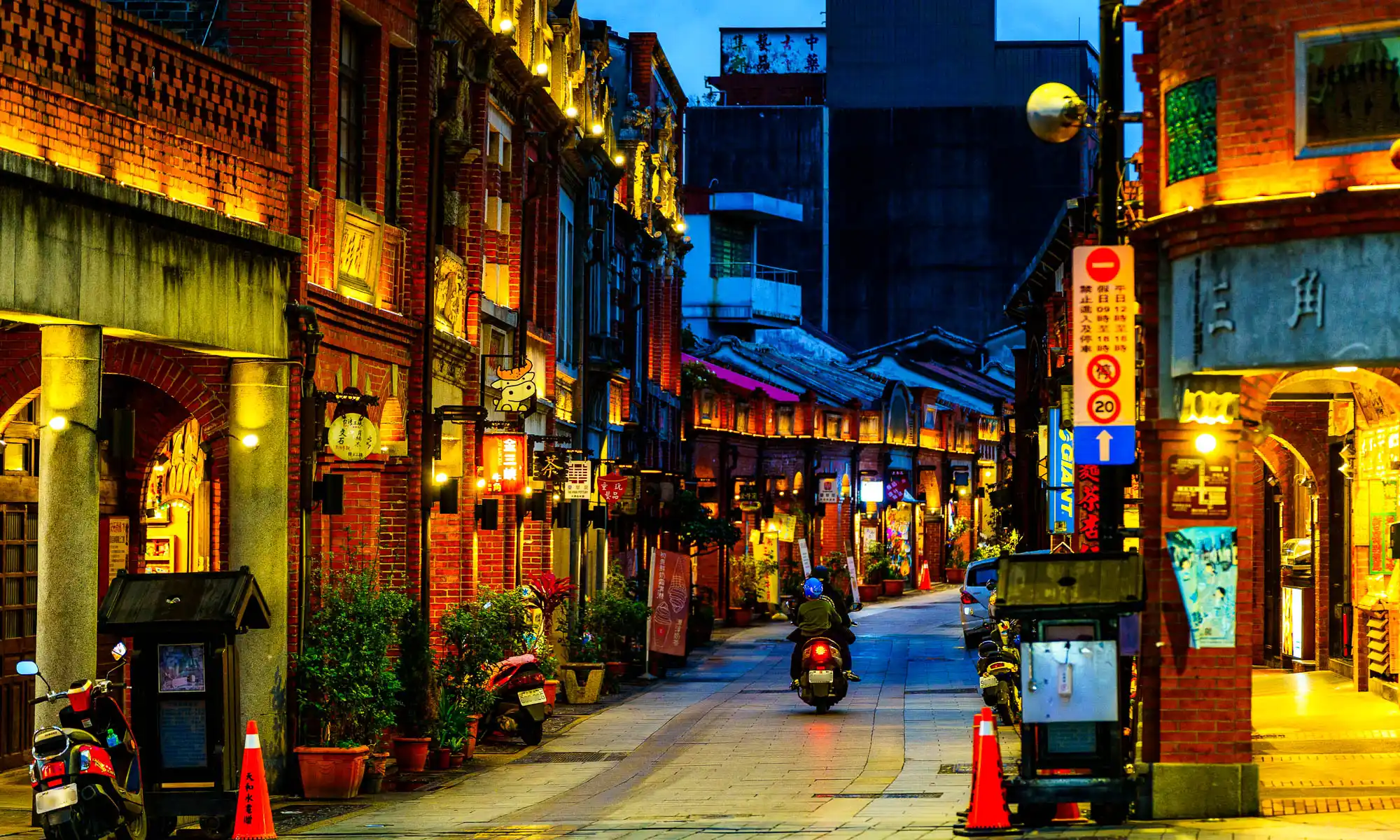An Insider’s Guide to New Taipei City – Sanxia, Yingge and Southern Districts
Southern New Taipei is home to historic towns, some of the area’s most interesting temples, and seasonal natural attractions such as cherry blossoms that take one deep into Taiwan’s Central Mountains.
Notably, the towns of Sanxia and Yingge are rich in cultural heritage and traditional industry, with Sanxia being home to the island’s longest and most well-preserved old street, and Yingge being the historic center of Taiwan’s ceramics industry.
Due to the area’s historical role as a center of trade and industry, it has more elaborate and attractive architecture than the northern districts of New Taipei, such as Tamsui, the North Coast, and Pingxi and Ruifang.
The Lin Family Mansion and Garden
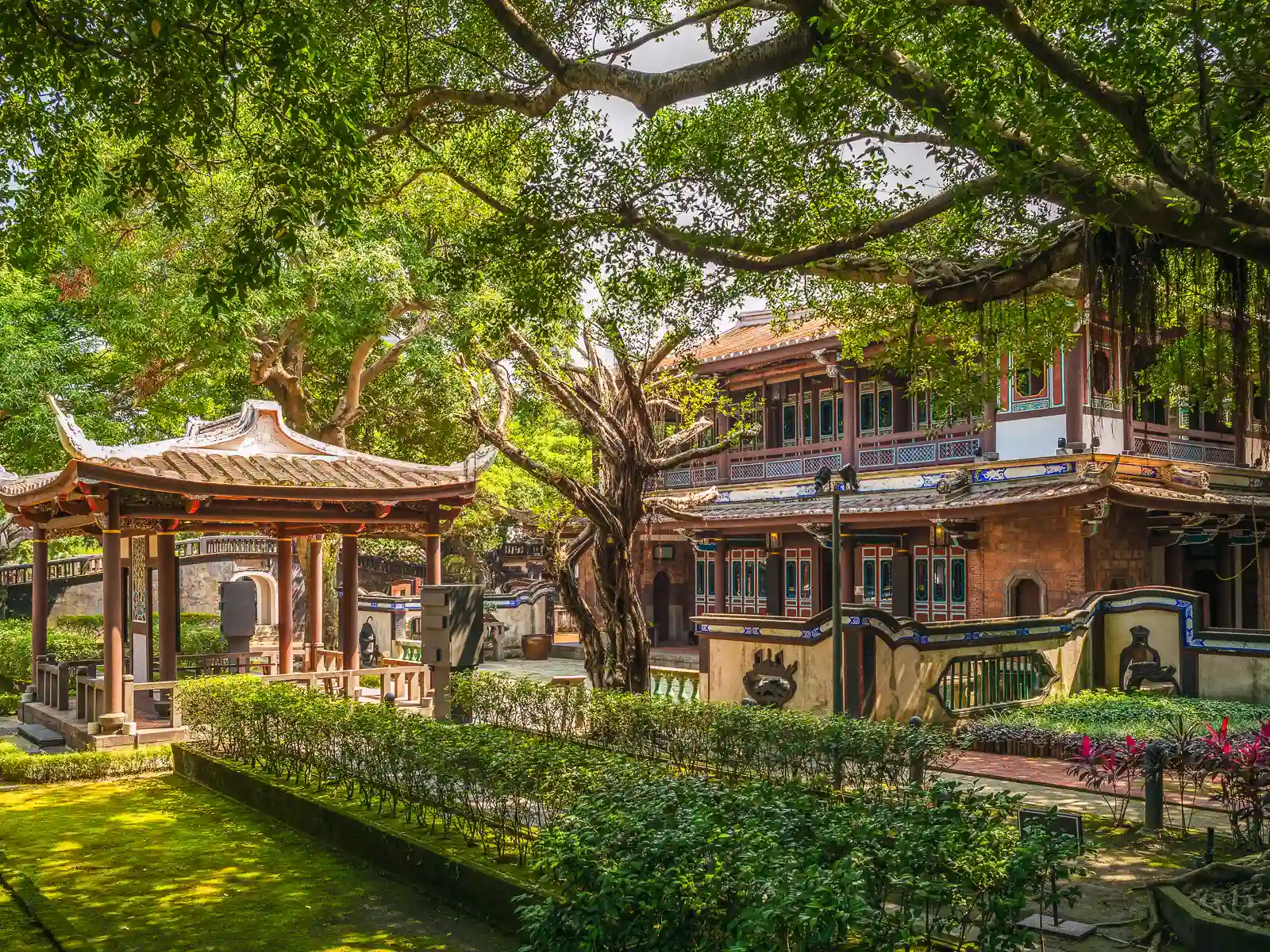
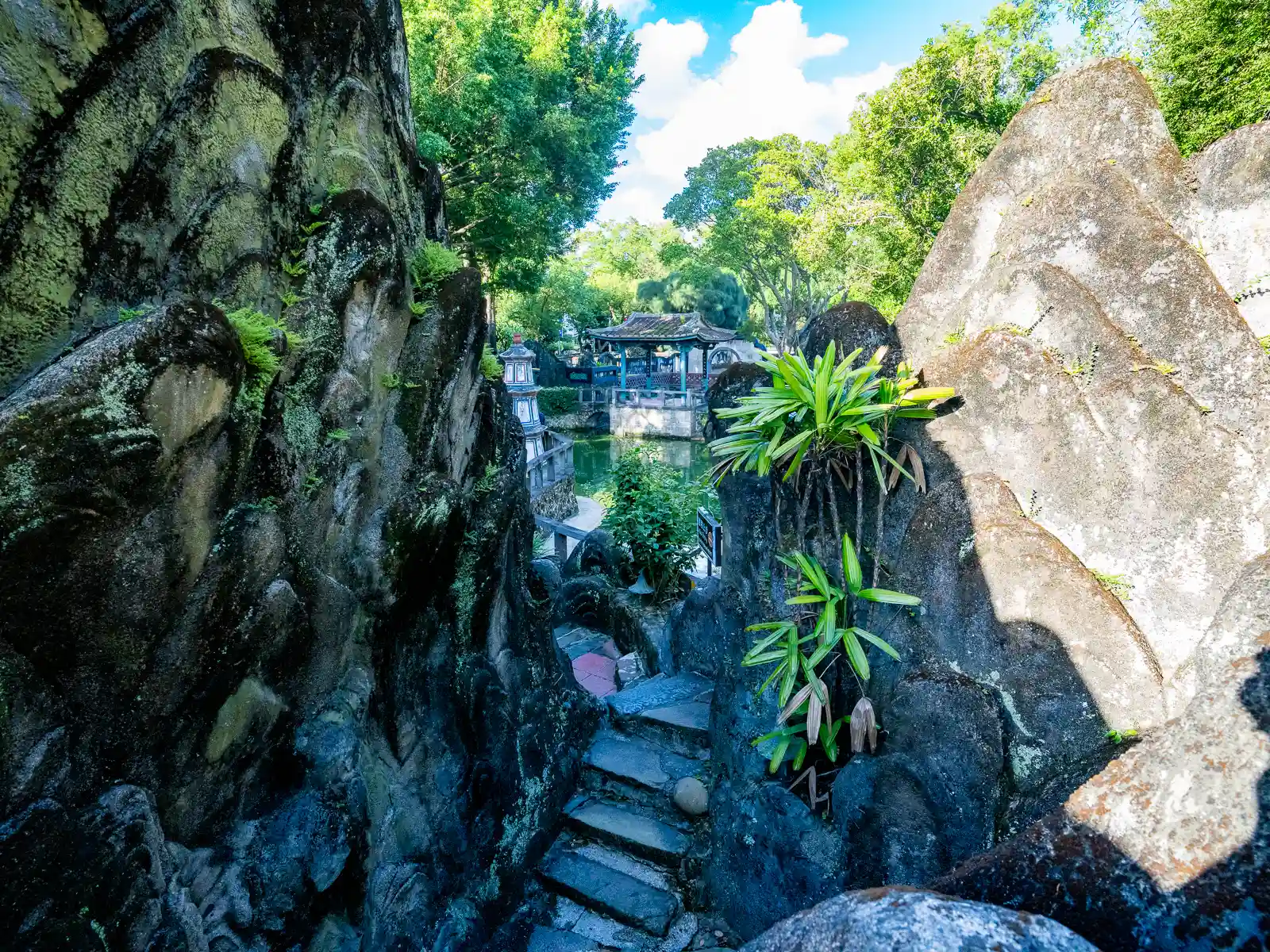
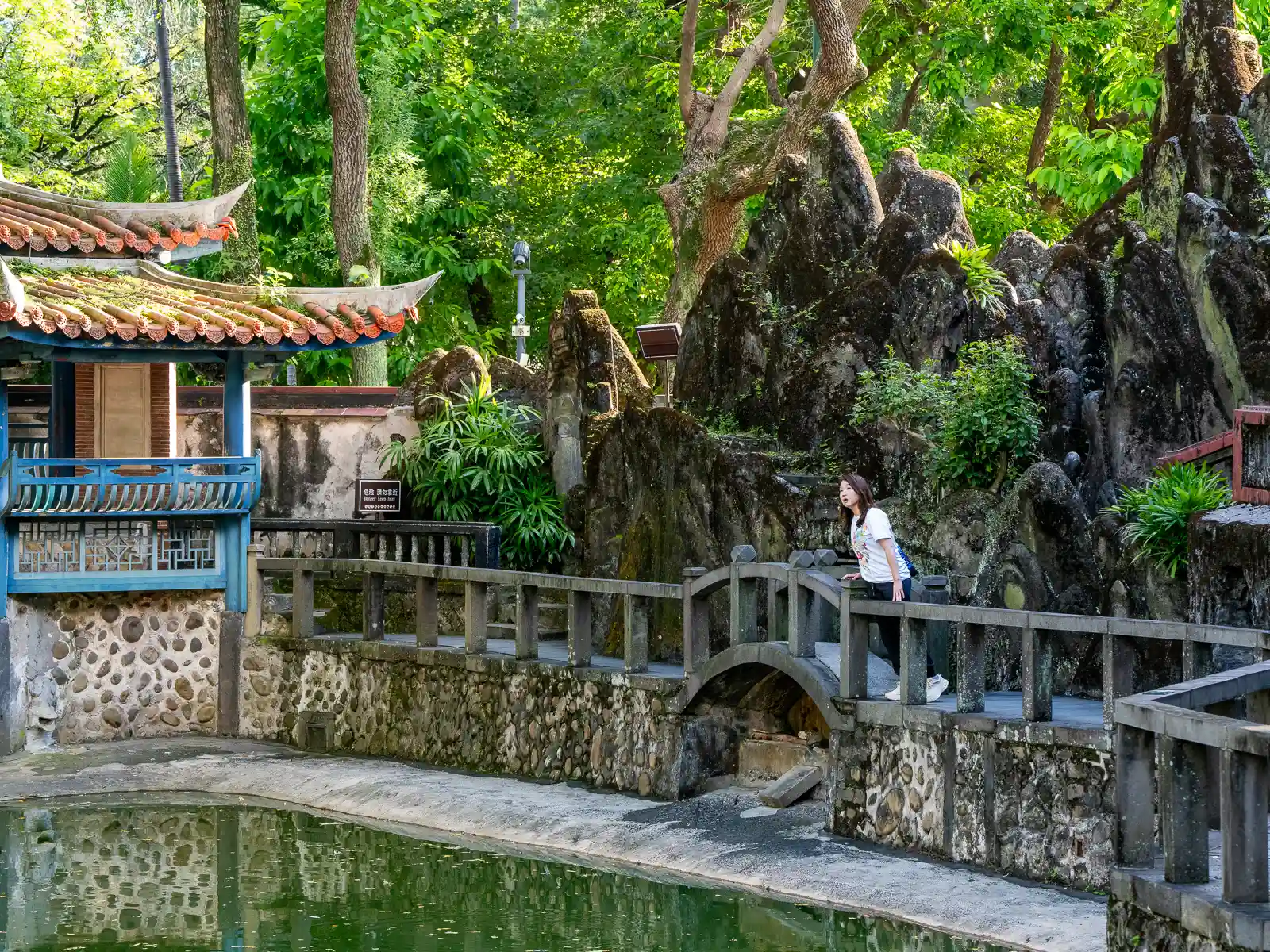

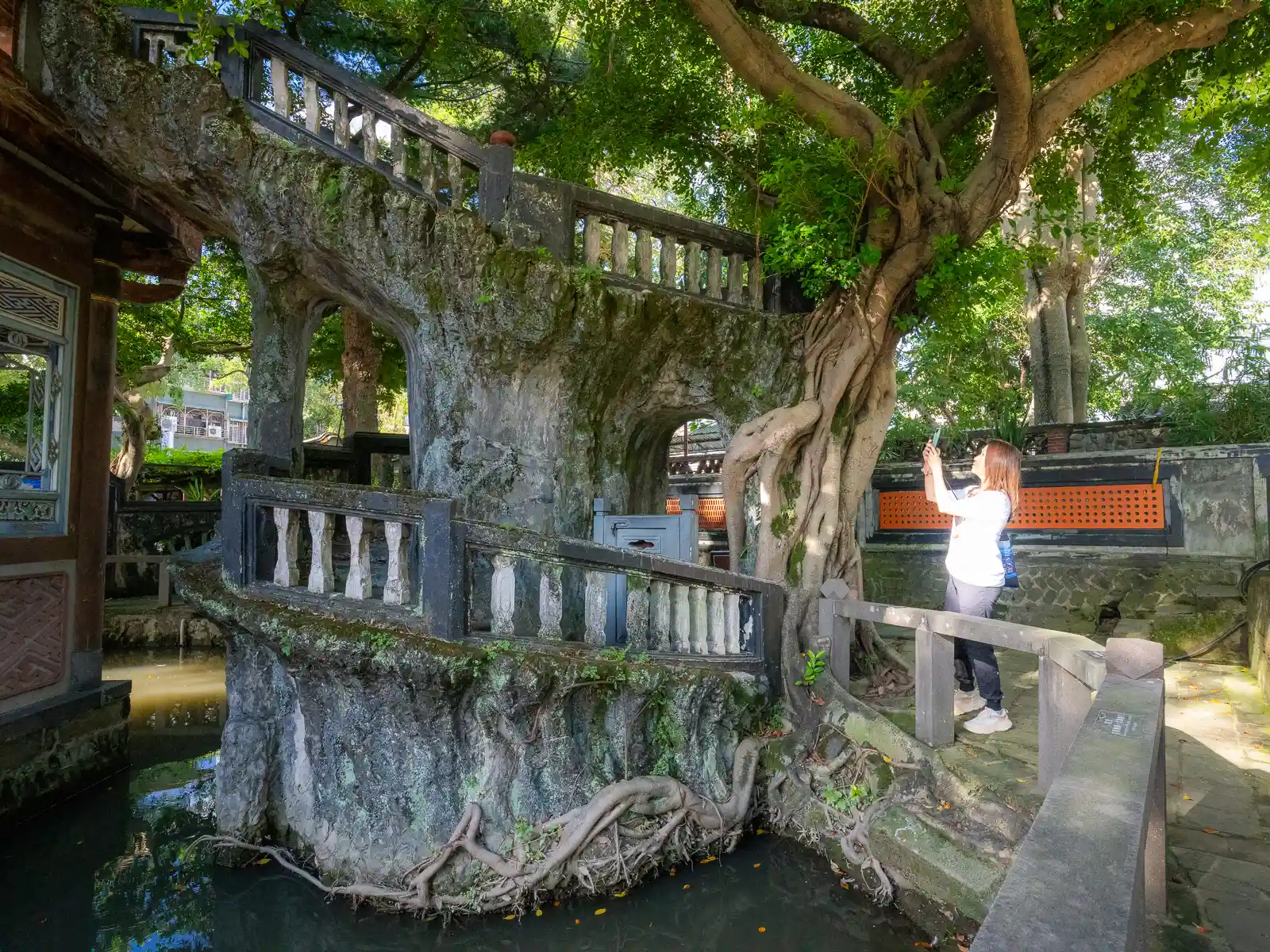
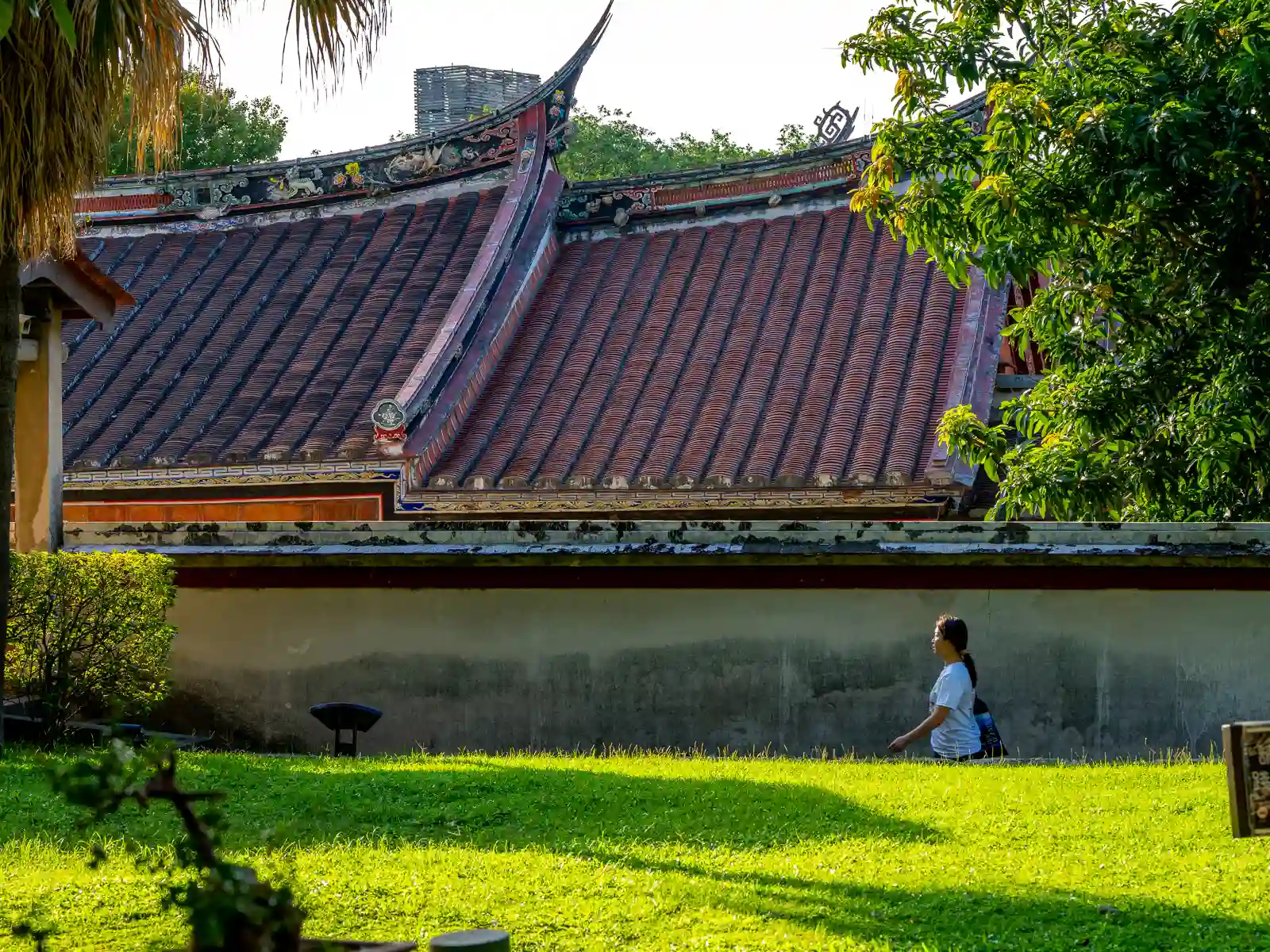
The Lin Family Mansion and Garden is a nearly 200-year-old classical Chinese mansion located smack dab in the middle of downtown Banqiao, Taiwan’s third most densely-populated urban district. The architecture and layout of the garden reflect the design principles of classical Chinese gardens, emphasizing harmony between nature and human-made structures. Once the home of Taiwan’s wealthiest family, the mansion and garden now offer visitors a chance to escape the urban environment outside and immerse themselves in a different era.
Sanxia Old Street
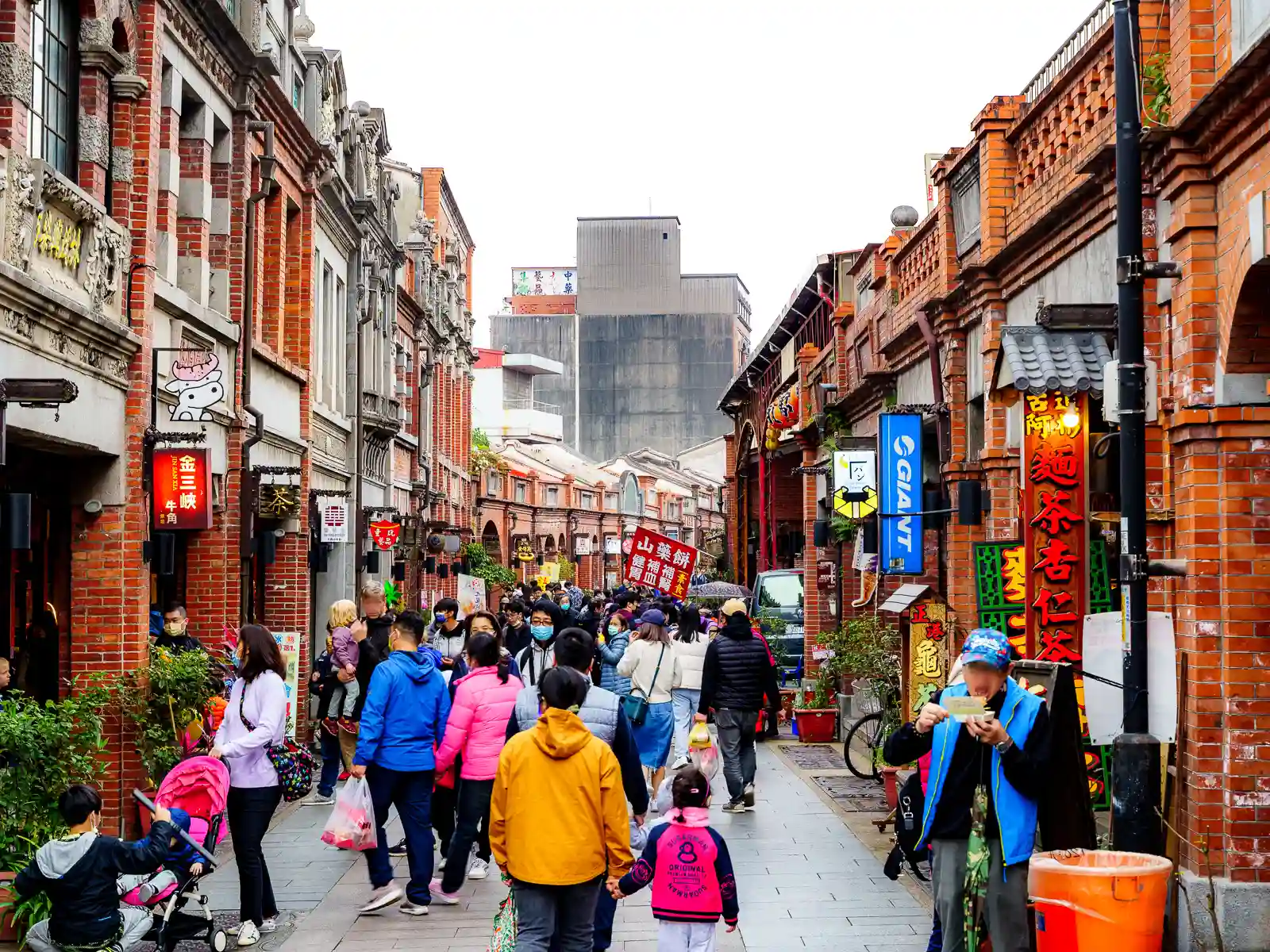
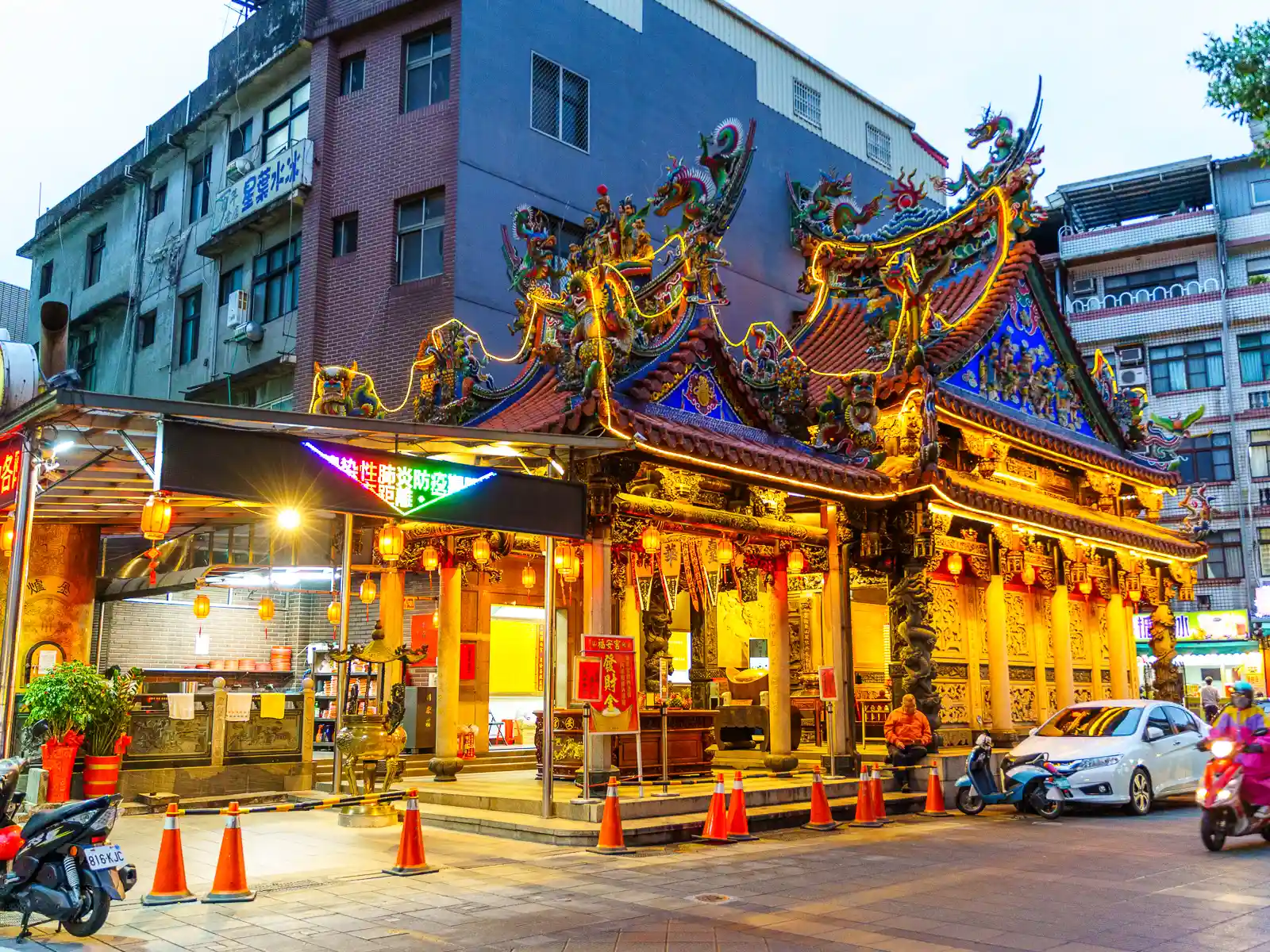
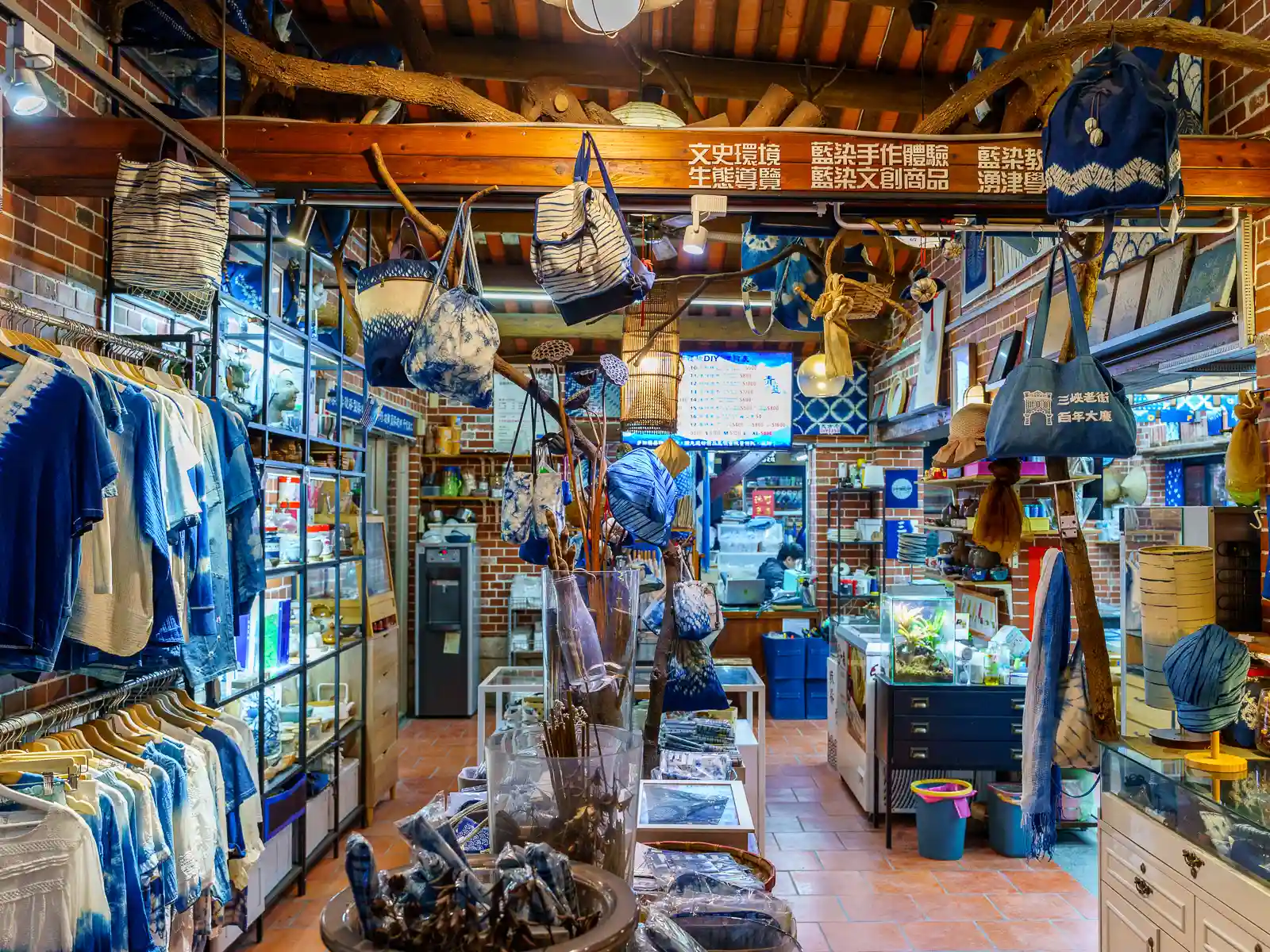
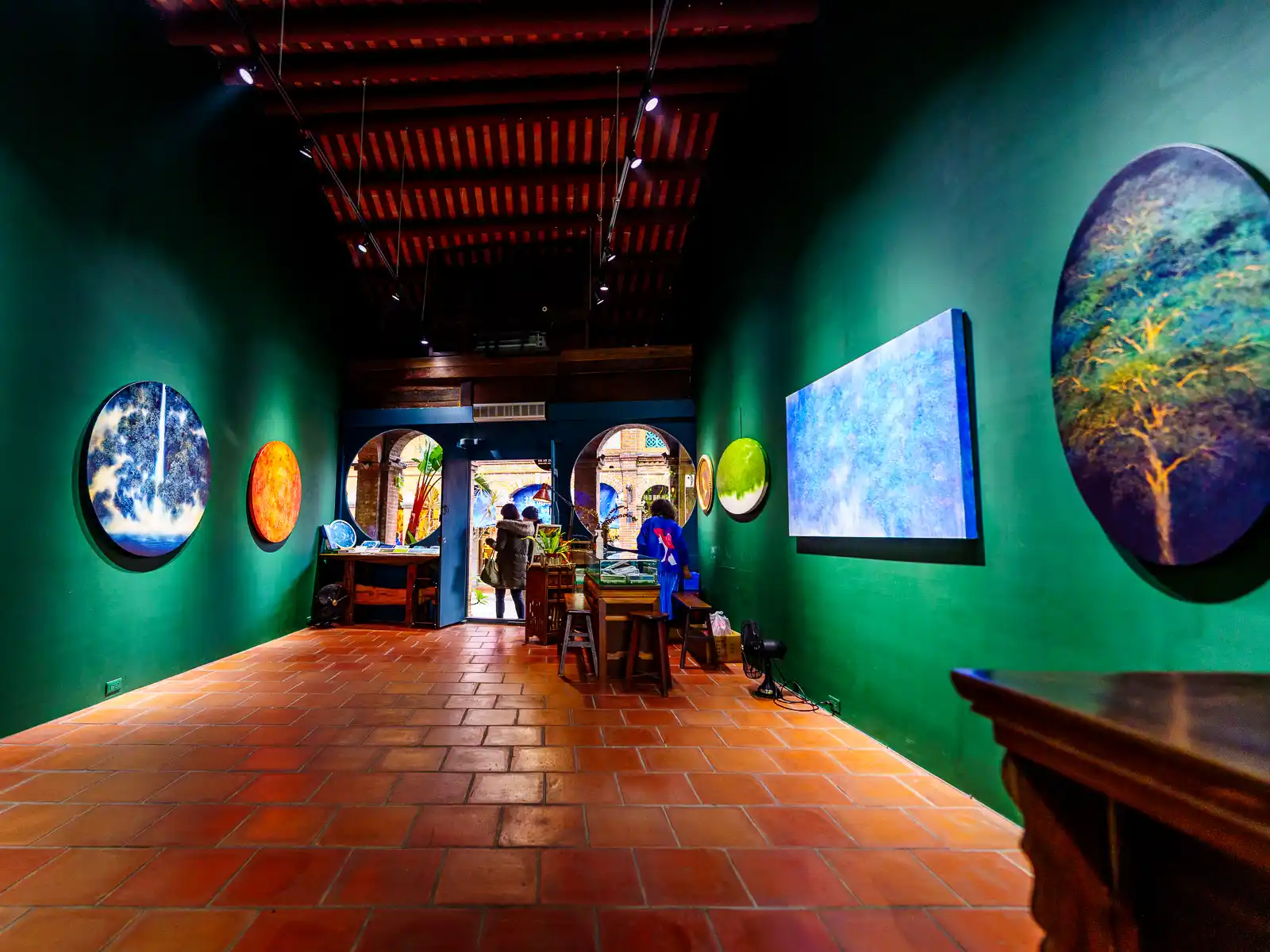
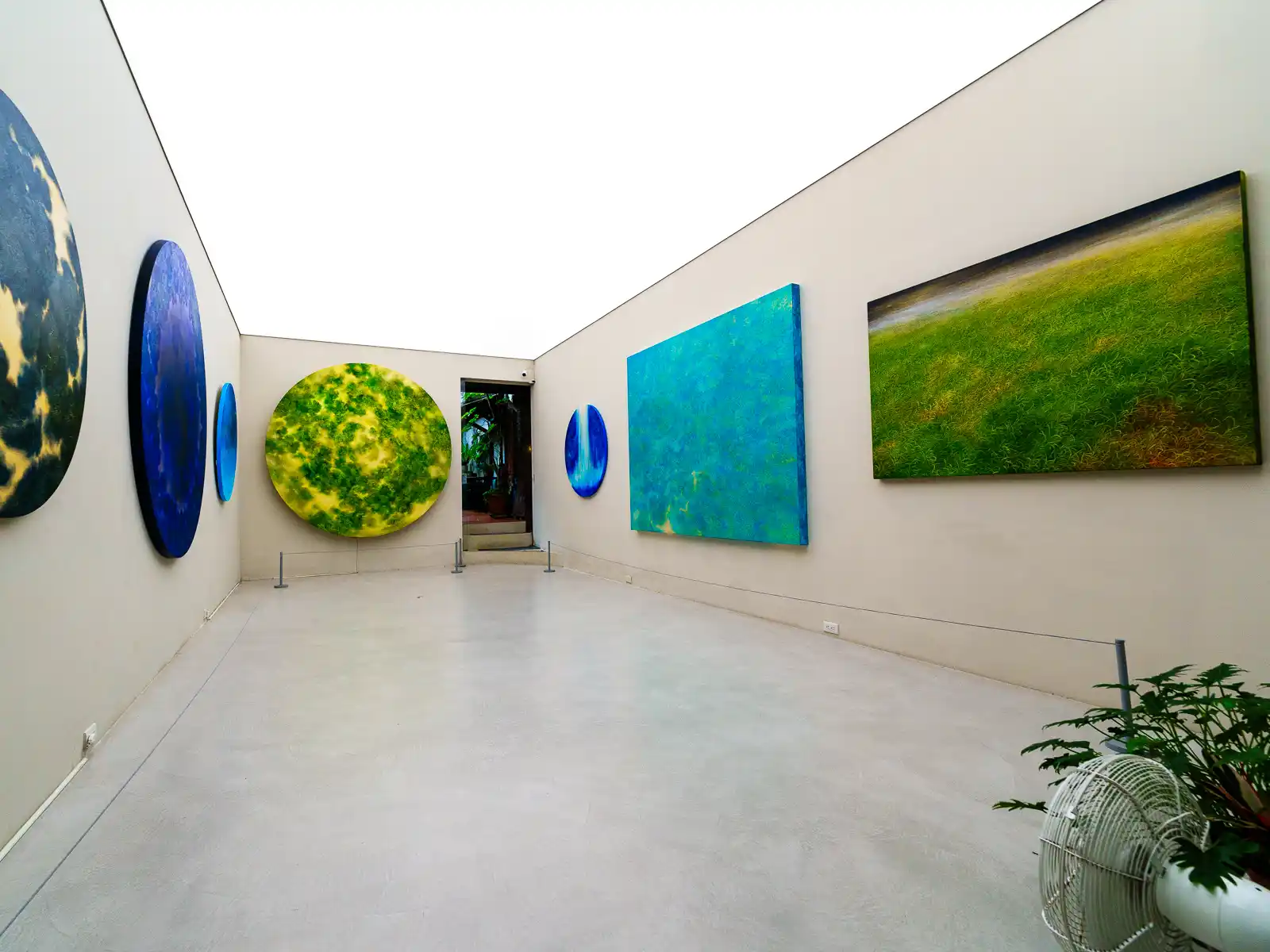
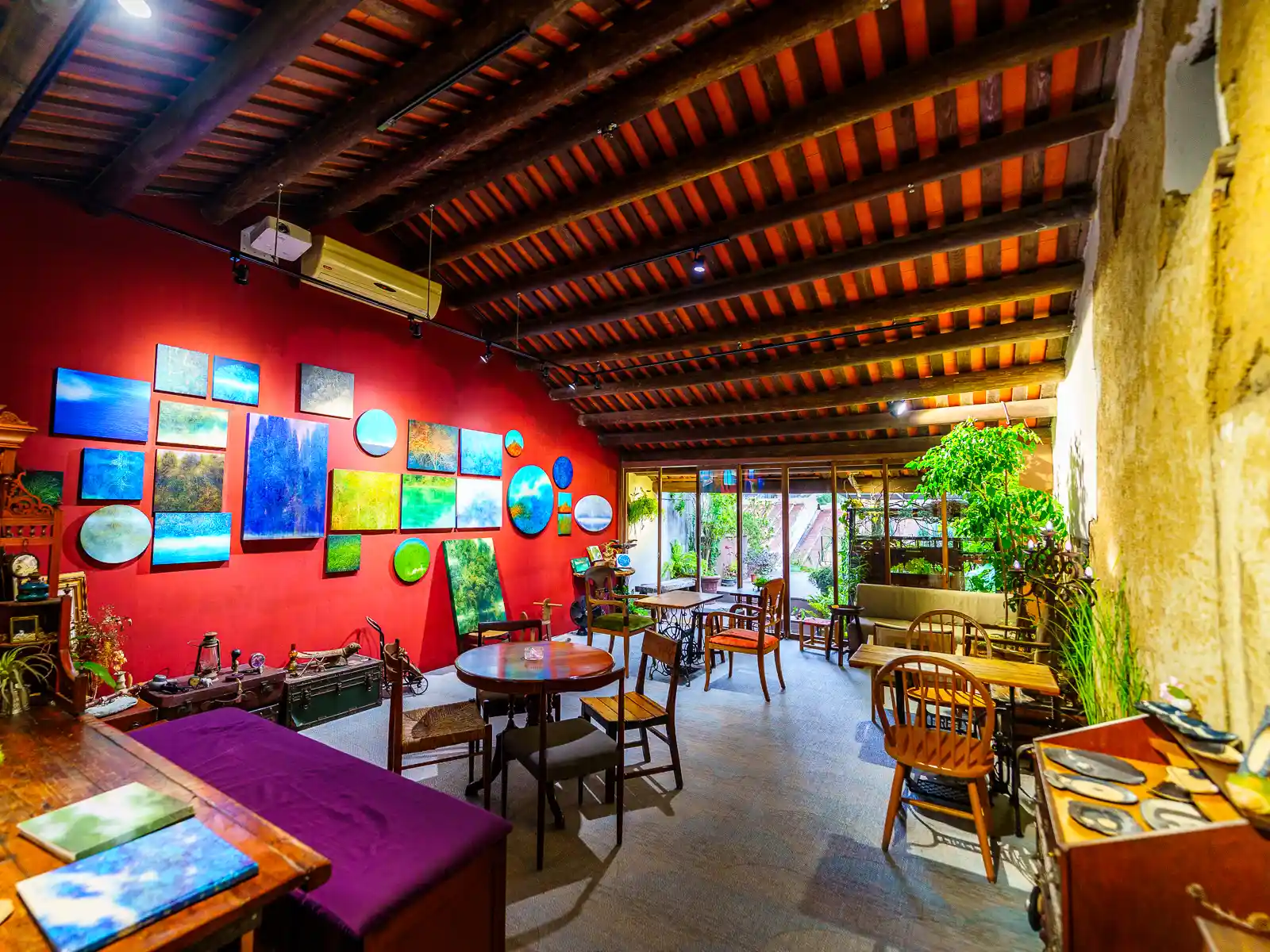
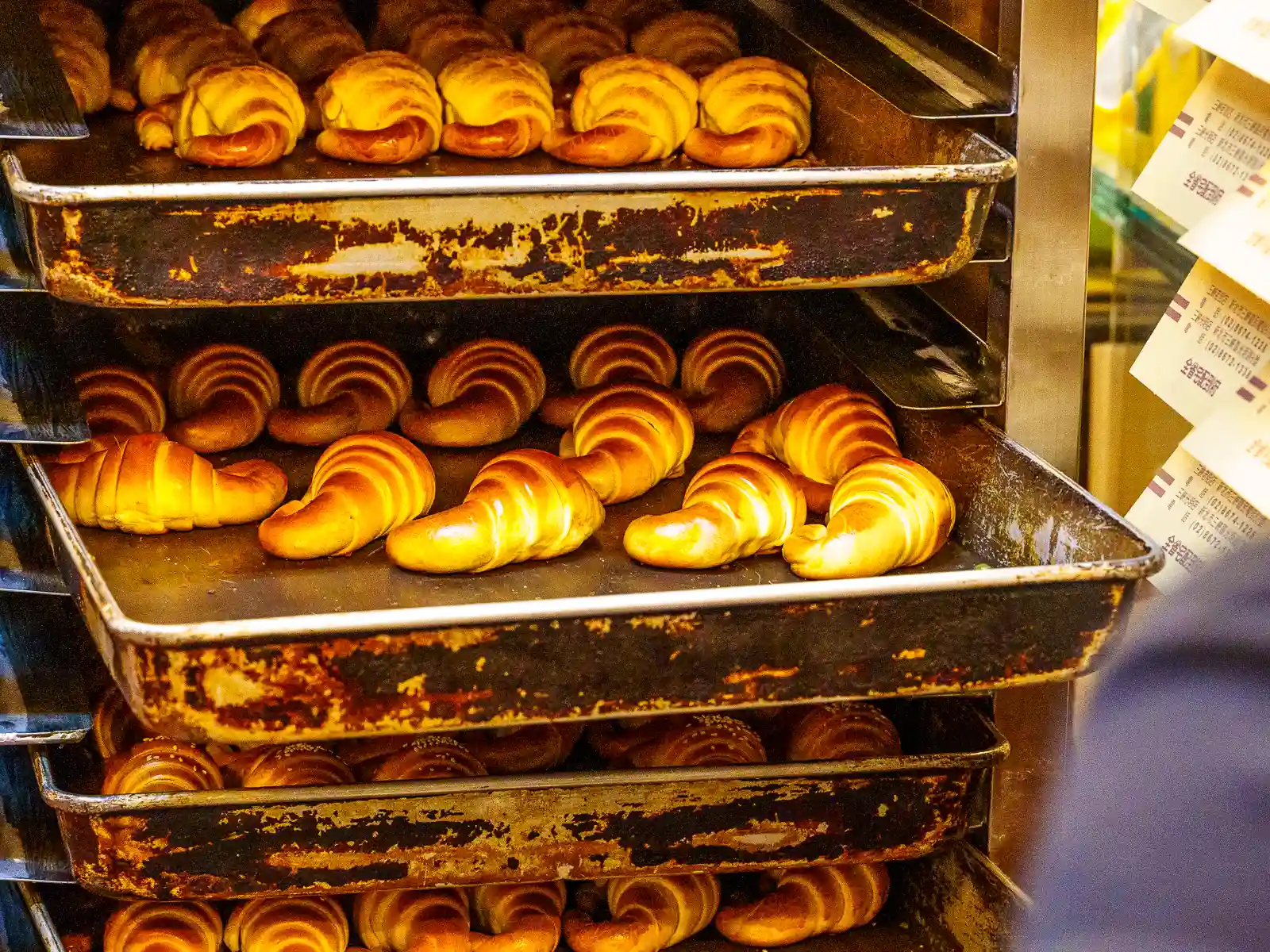
This 260-meter-long street stands as the longest and most intact among the 172 officially recognized old streets throughout the country. Sanxia Old Street follows a unique S-shape, and features beautifully preserved and picturesque red-brick facades that reflect Chinese, Western, and Japanese architectural influences.
Beyond its historical significance, Sanxia Old Street is home to a myriad of shops selling a diverse range of goods and interesting galleries (be sure to check out the charming and folksy Su Chiung Art Museum). It is also home to several studios specializing in indigo-dyeing (Sanxia was once the capital of indigo-dyeing in Taiwan). Finally, don’t miss the street’s crispy signature snack, the bull horn croissant, which is a must-try delight.
Sanxia Qingshui Zushi Temple
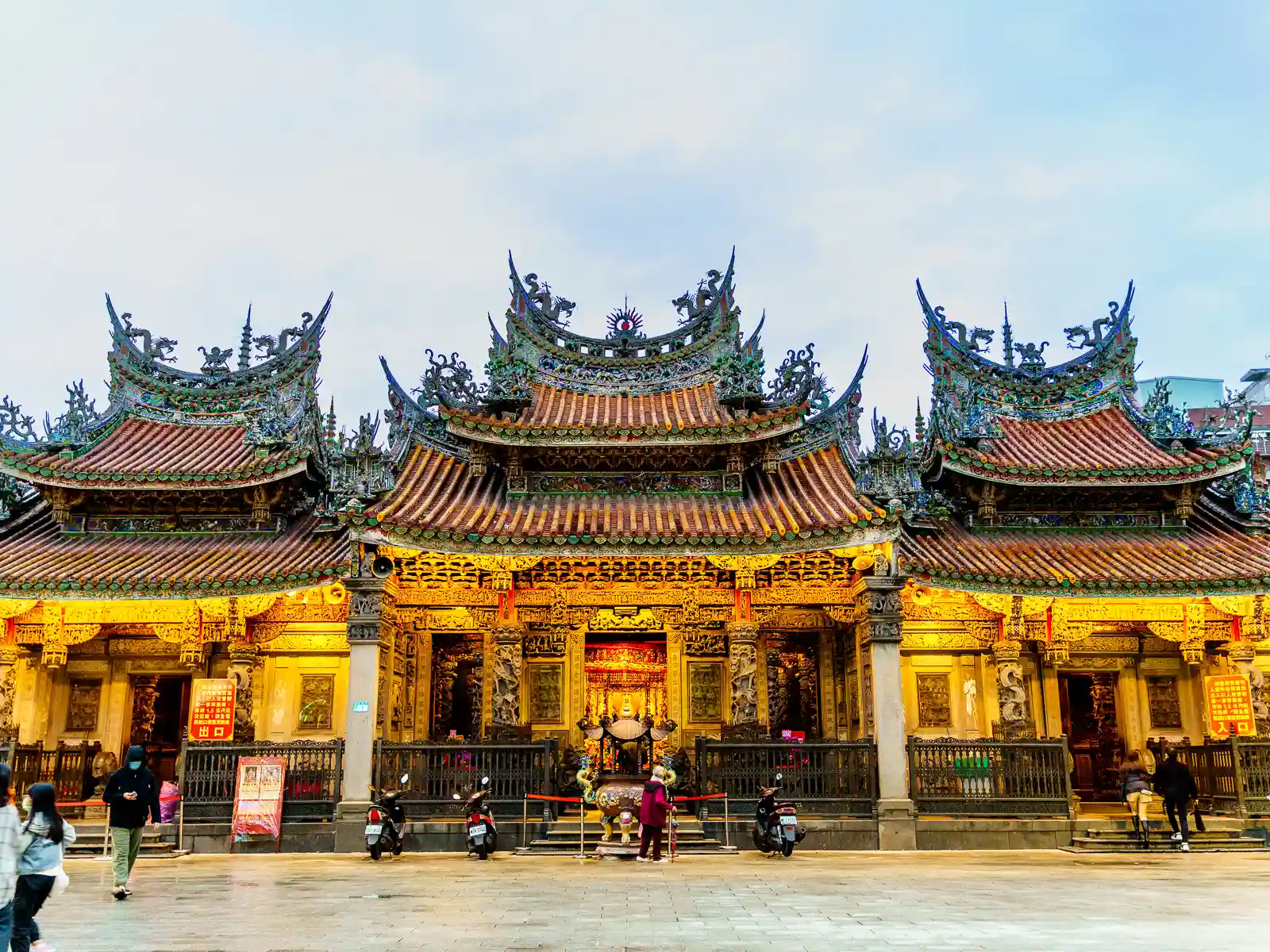
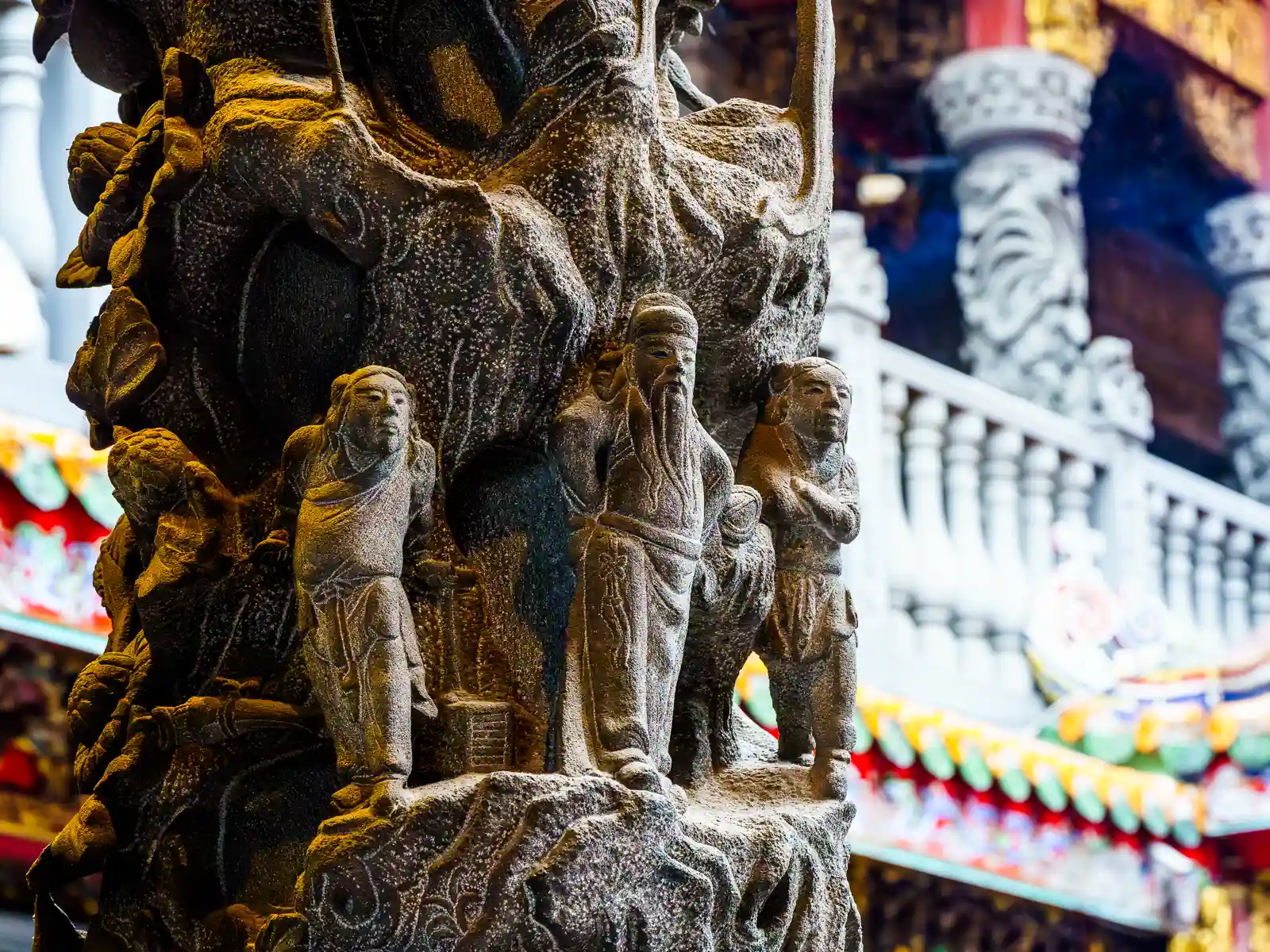
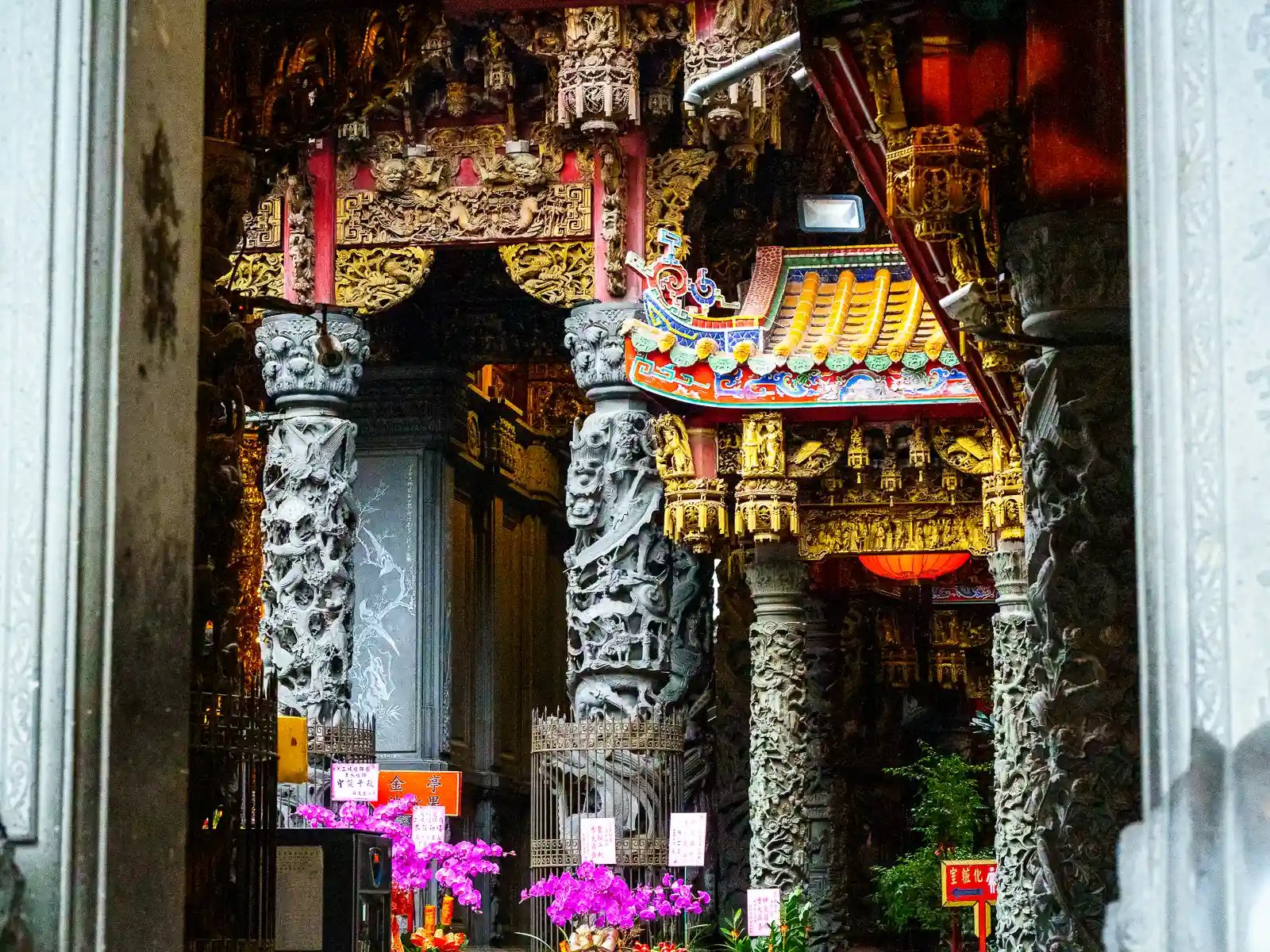
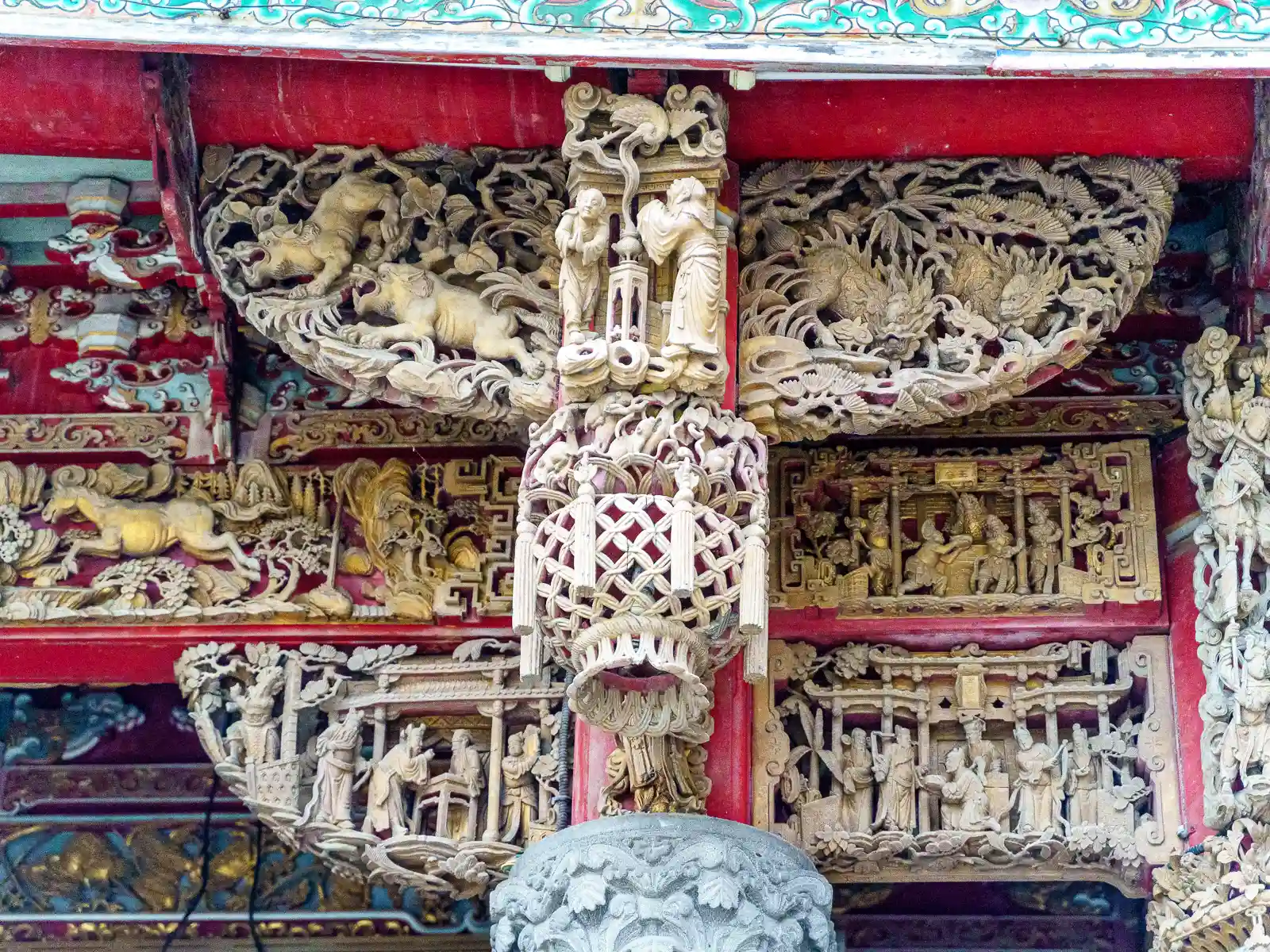
A short distance away from Sanxia Old Street, the Qingshui Zushi Temple stands out as one of Taiwan’s most exquisitely decorated temples, earning it the esteemed moniker of the “Palace of Eastern Art.” This reputation is well-deserved, as the temple is a symphony of intricate stone carvings, reverent door gods, and captivating copper reliefs that adorn virtually every nook and cranny.
Remarkably, the temple showcases an astonishing collection of over 130 intricately carved stone columns, a number that surpasses what many larger temples possess. Notably, the 20 carved pillars within the main hall stand as particularly awe-inspiring works of art.
Yingge Old Street
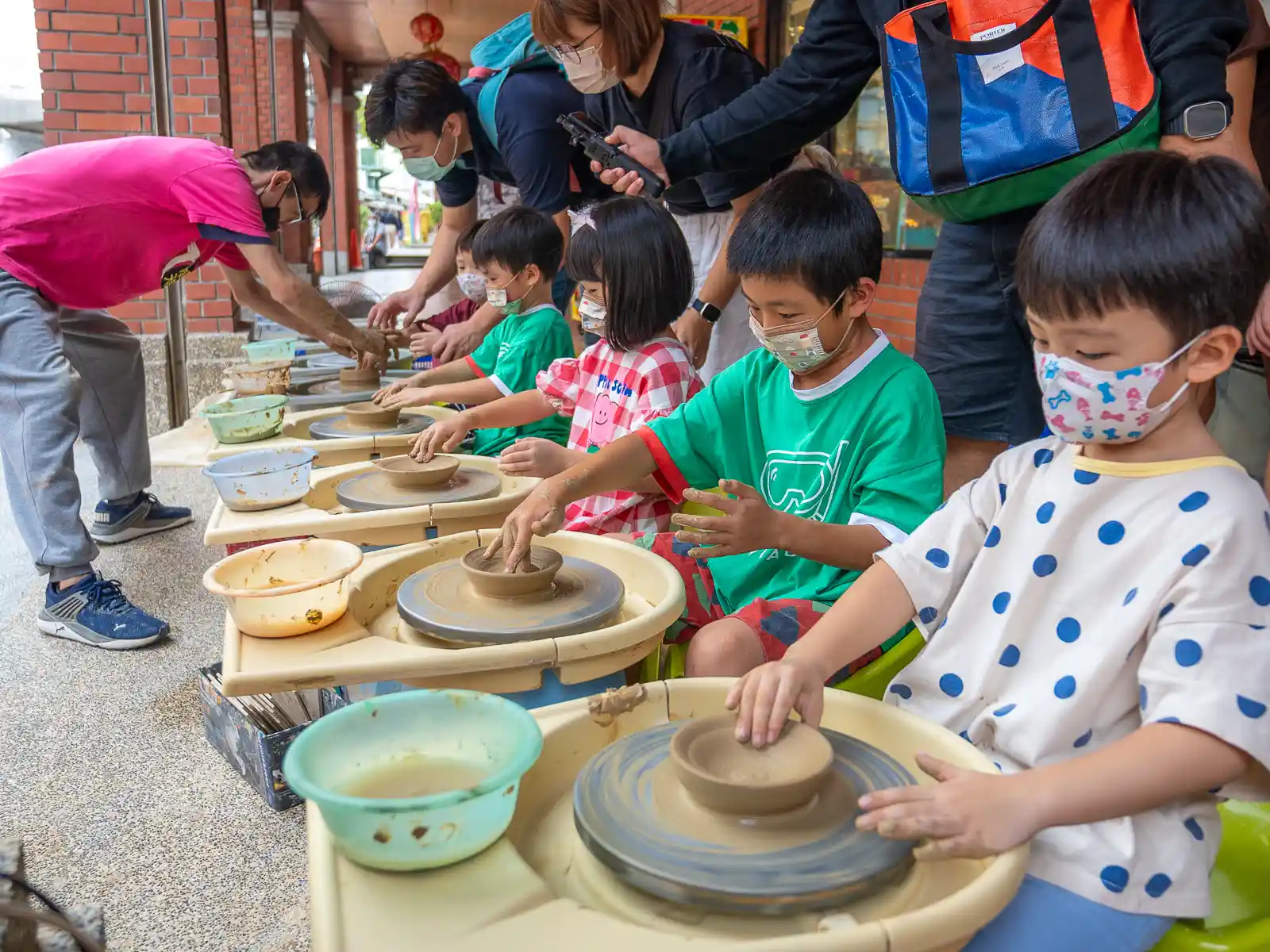
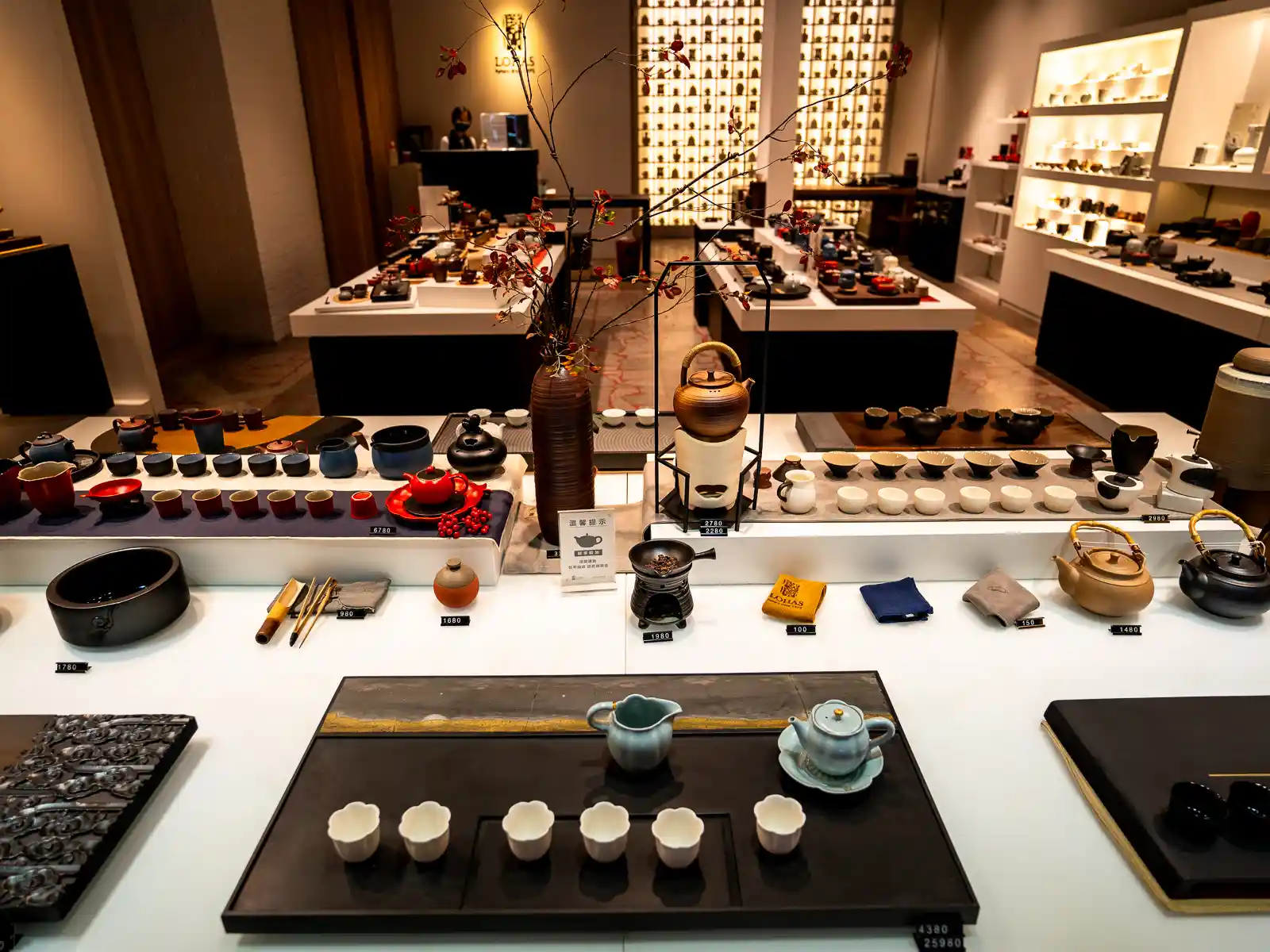
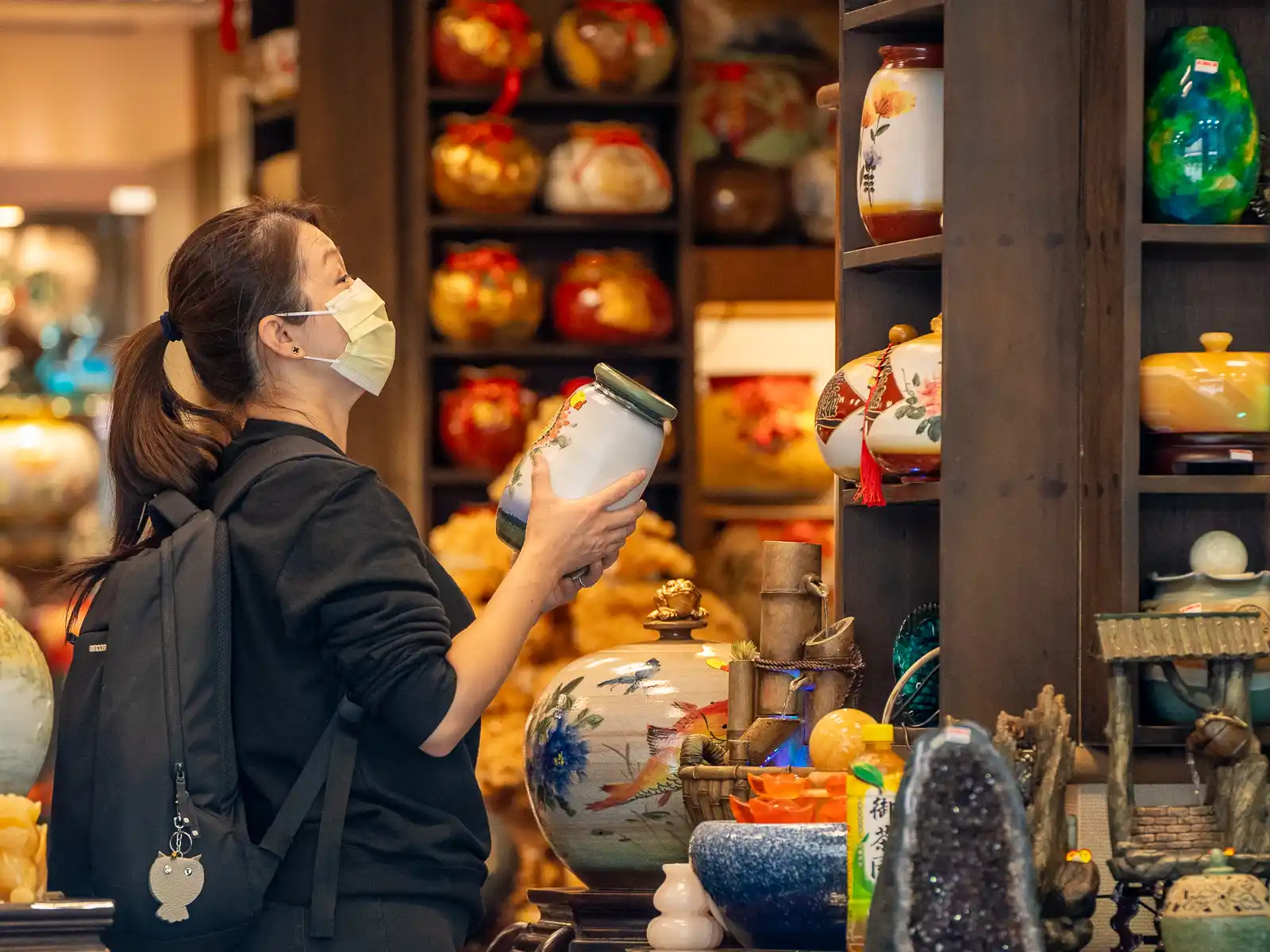
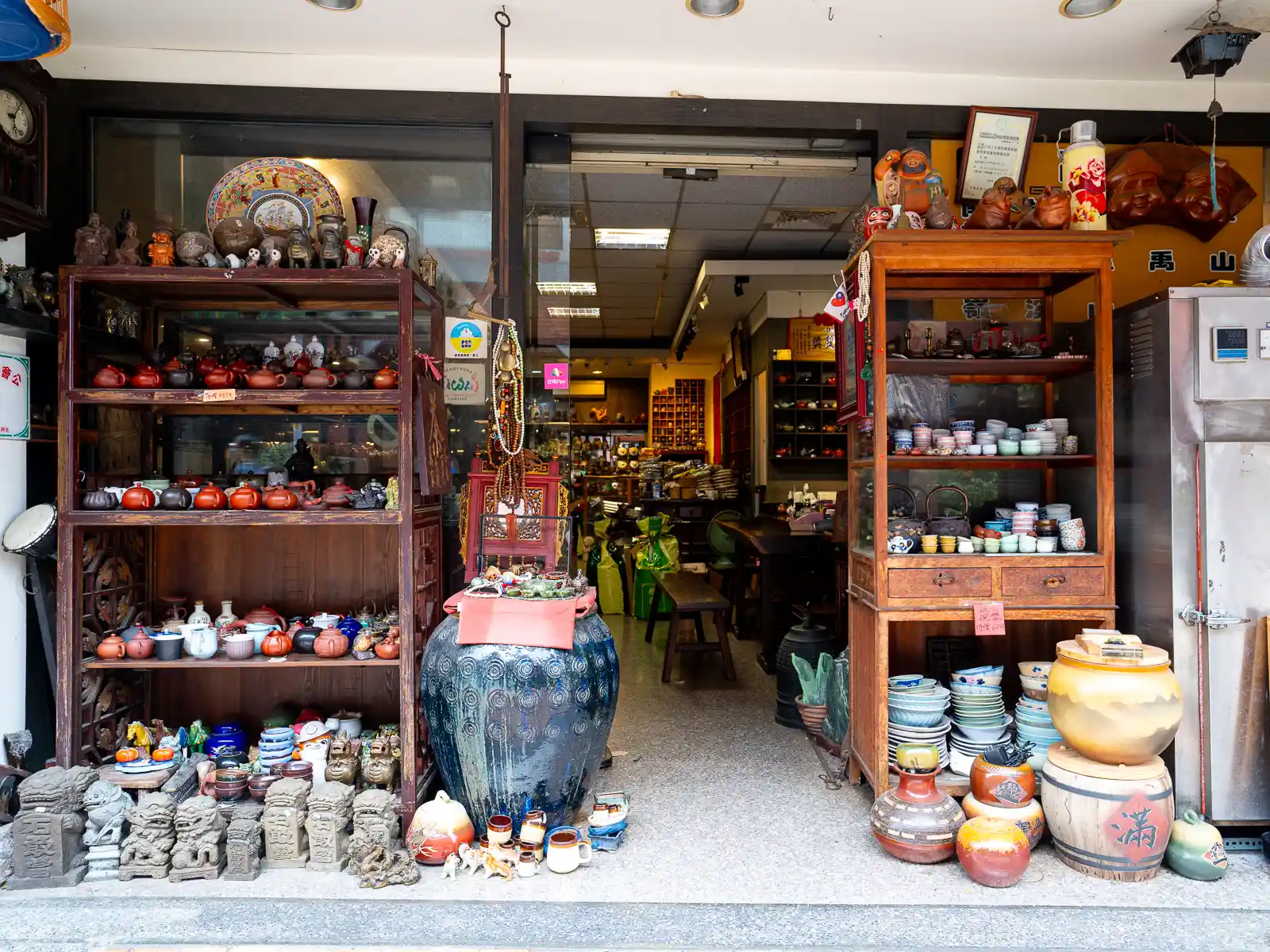
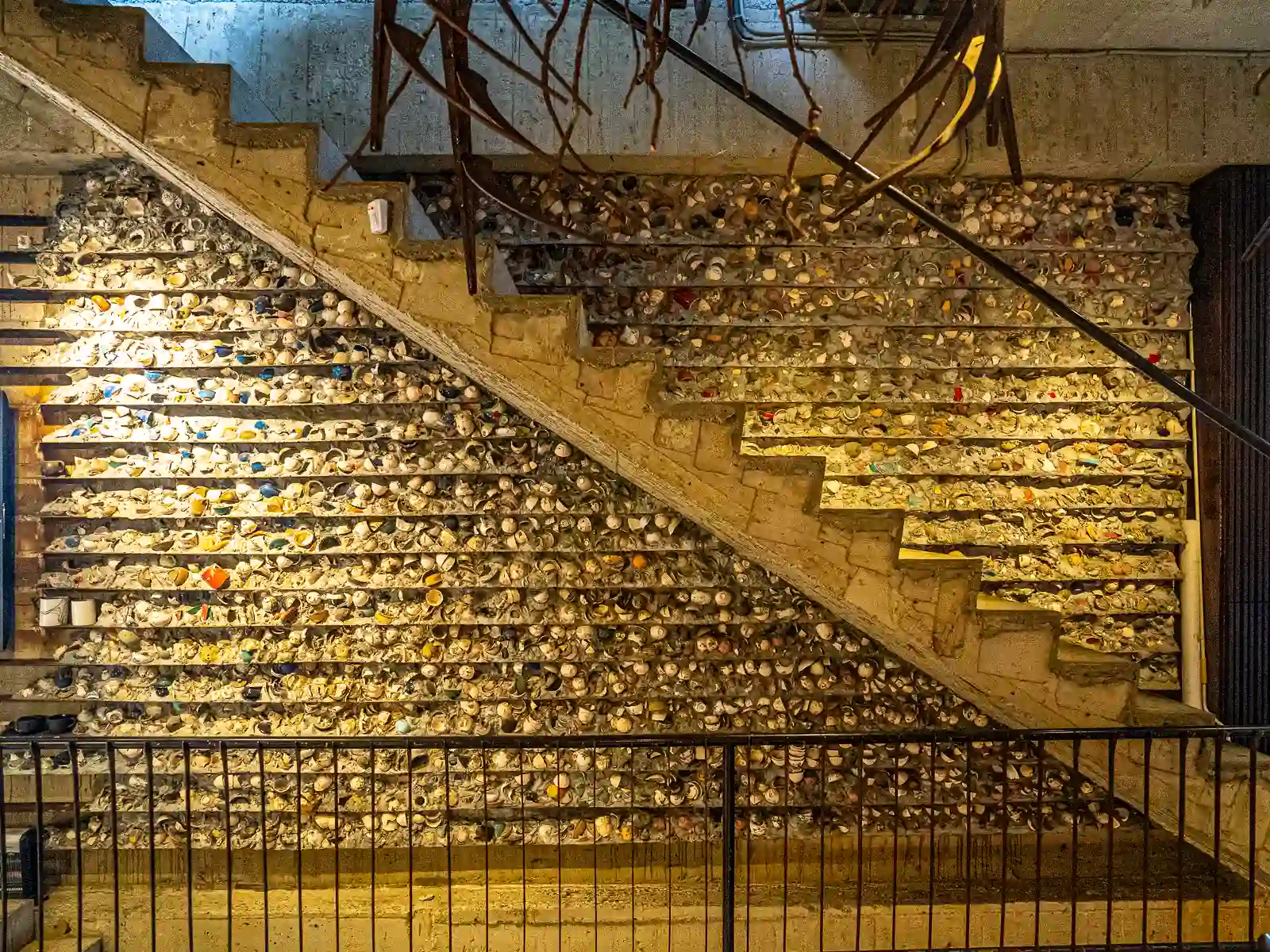
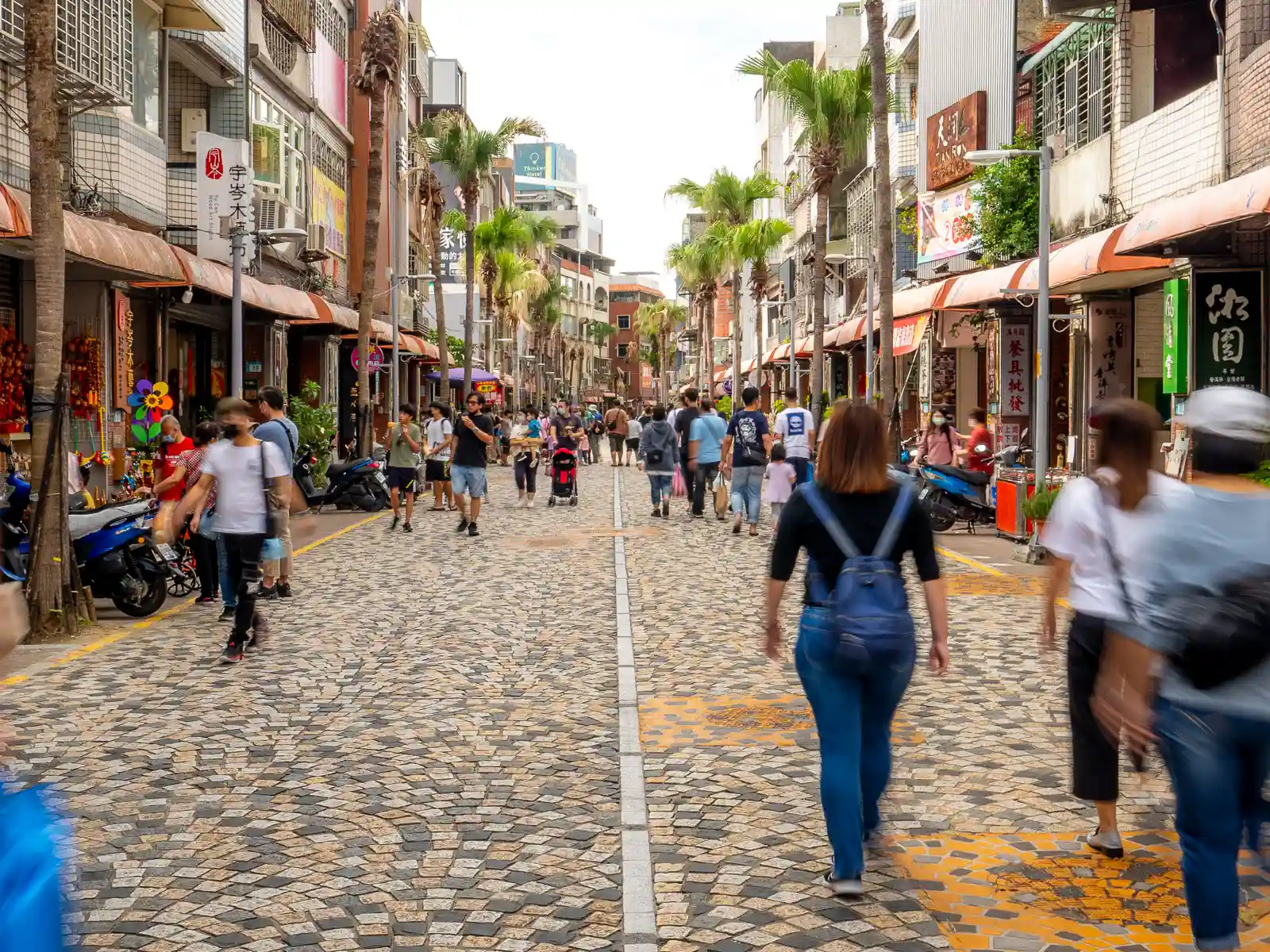
Yingge Old Street is popular with tea, ceramics, and pottery enthusiasts, and can be one of New Taipei’s most rewarding day trips. Remaining faithful to its heritage as a ceramics center, Yingge Old Street is a remarkable example of how traditional industries can thrive and transition into tourism hubs, instead of being overshadowed by the forces of globalization.
The area is filled with a plethora of shops showcasing an array of both utilitarian and meticulously crafted artisanal ceramics. Moreover, numerous studios in Yingge offer the opportunity for visitors to engage in hands-on DIY pottery classes, as well as learn about pottery-related culture, such as tea ceremonies.
New Taipei City Yingge Ceramics Museum
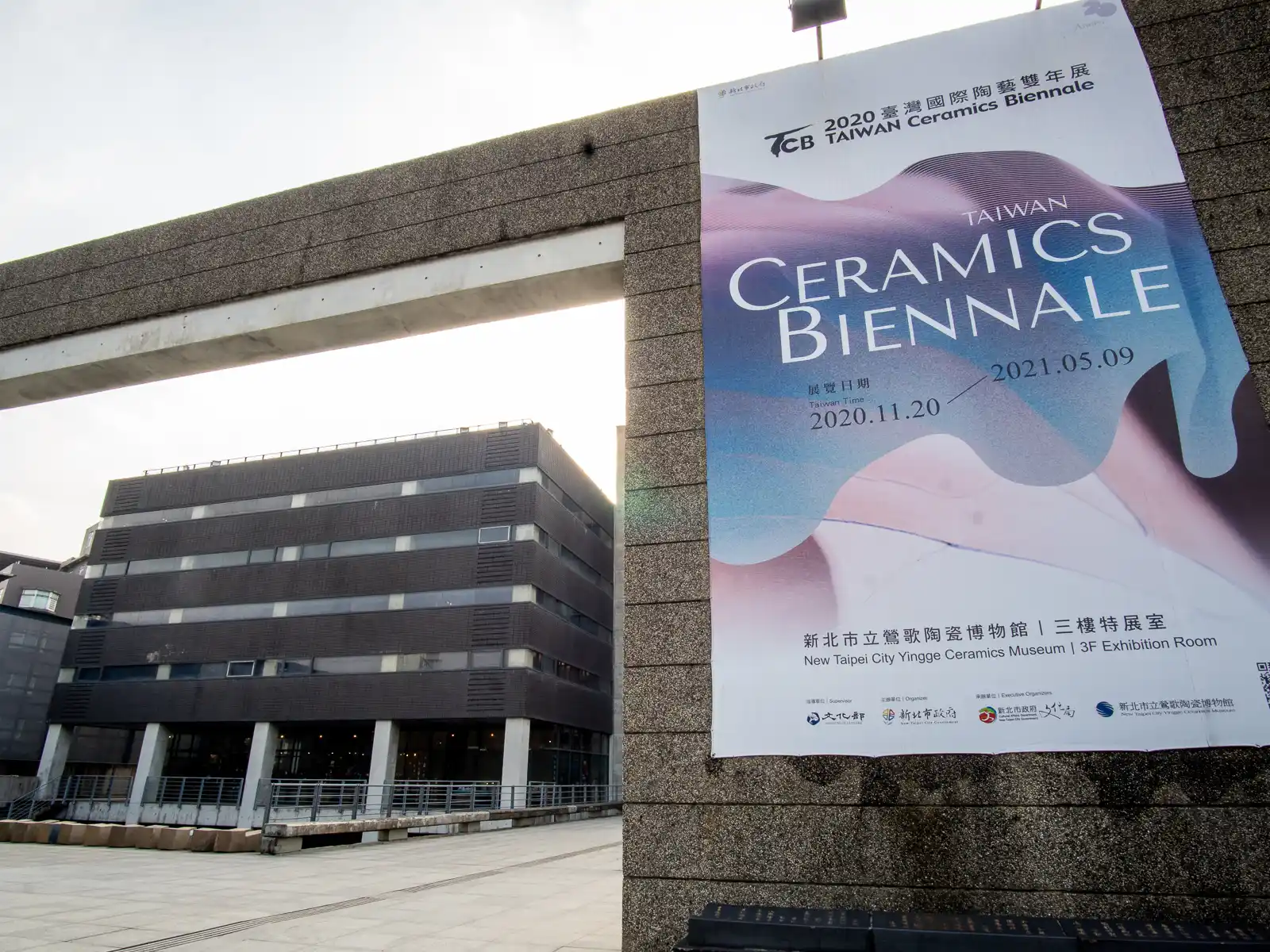
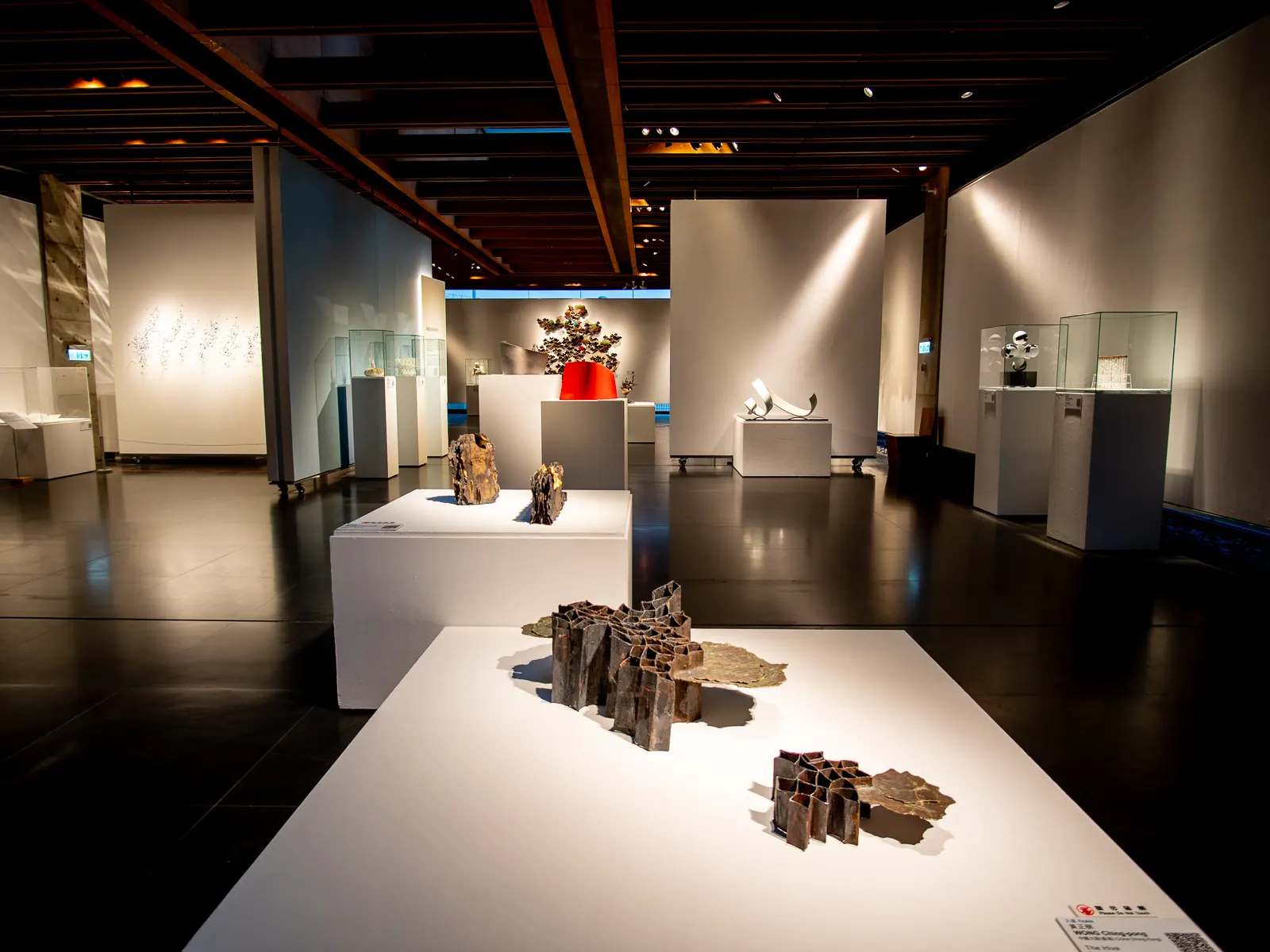
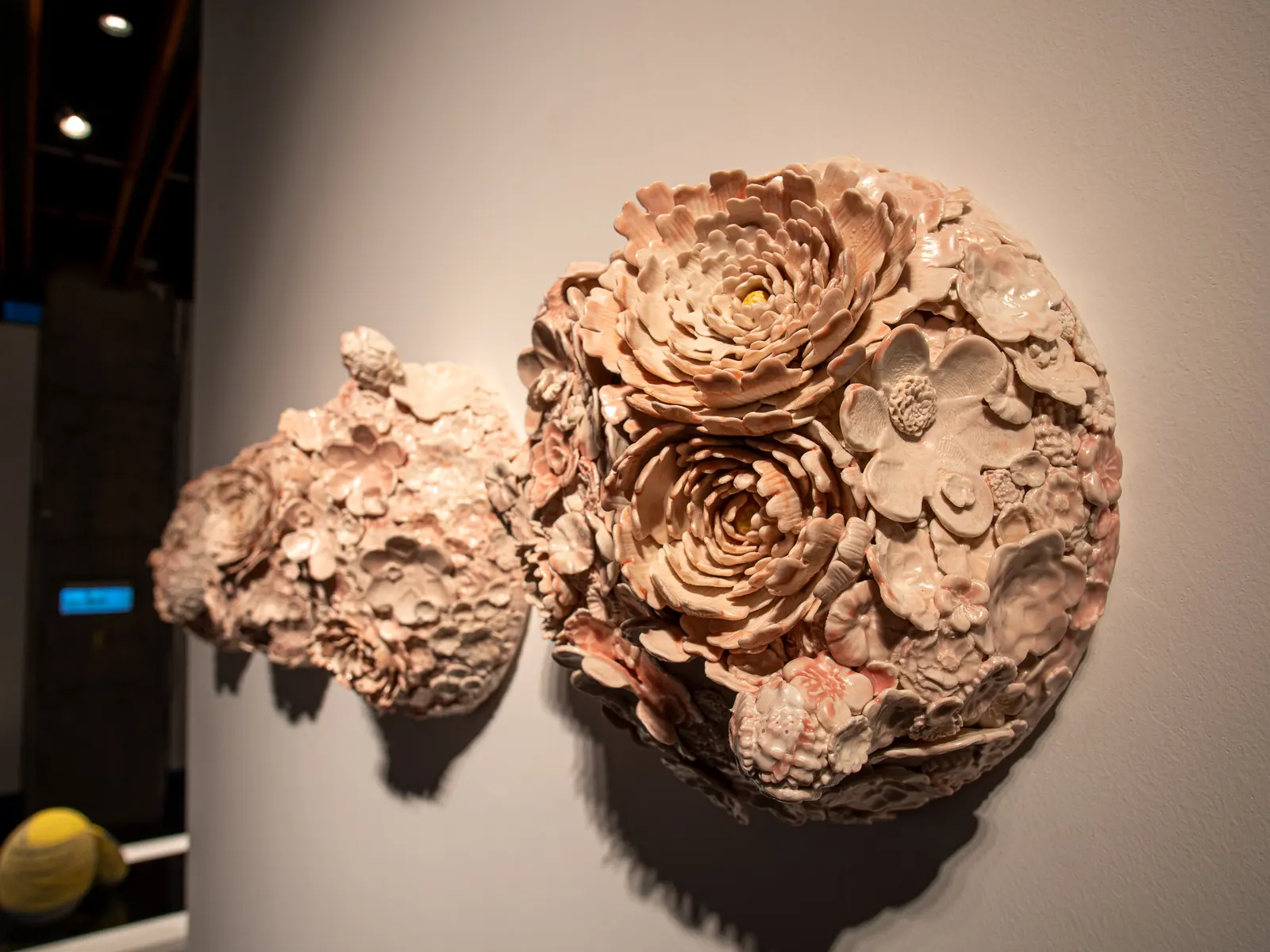
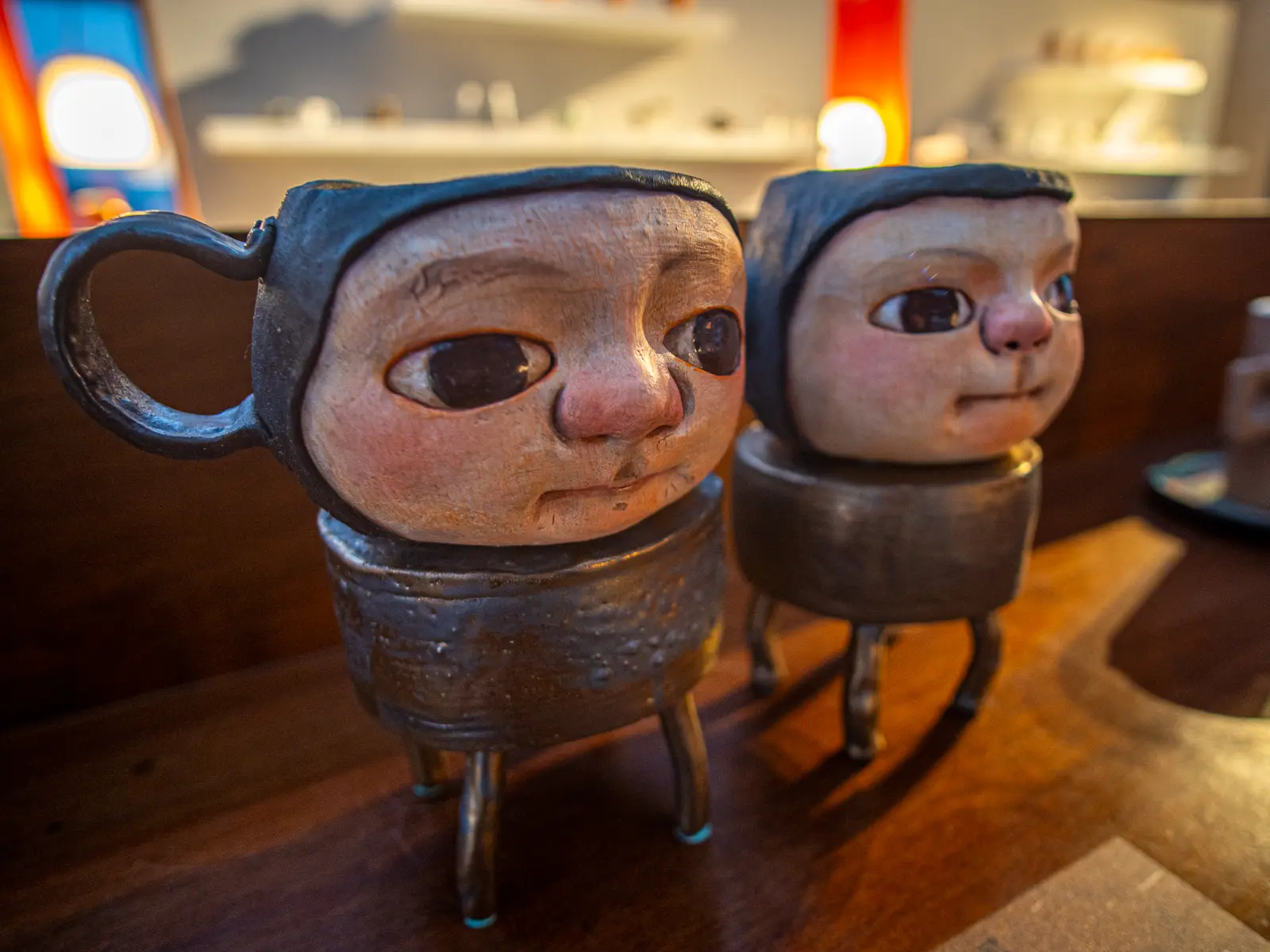
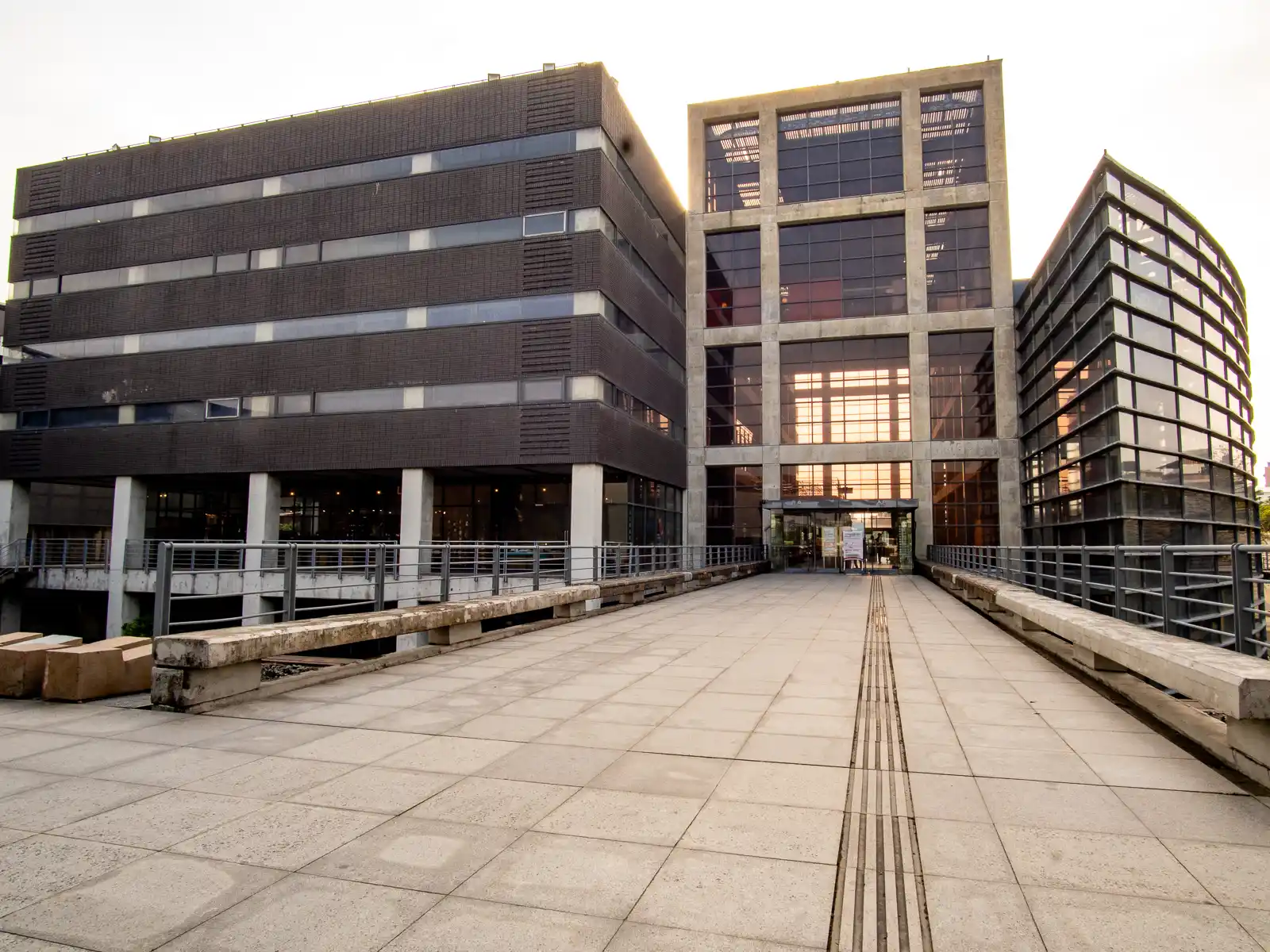
The Yingge Ceramics Museum holds the distinction of being Taiwan’s first museum with a dedicated focus on ceramics. Its permanent exhibits offer a multifaceted journey into the history of ceramics in Taiwan, spanning from the Neolithic era to contemporary cutting-edge applications in a variety of industries.
Beyond its permanent exhibitions, in the winter, the museum orchestrates the annual Yingge Arts Festival. This vibrant event incorporates both physical and digital showcases, and visitors can partake in interactive activities centered around ceramics.
Hongludi Nanshan Fude Temple
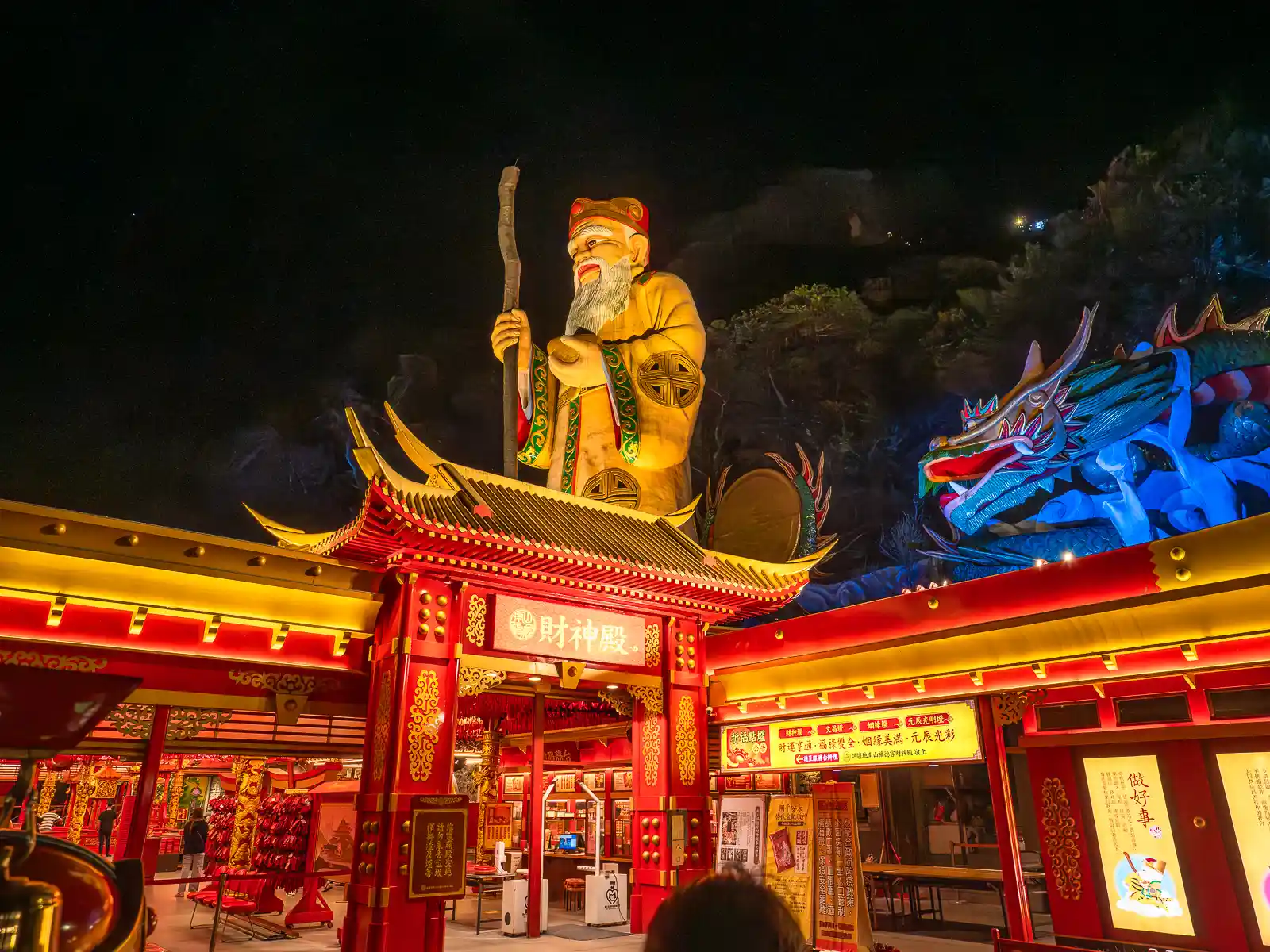
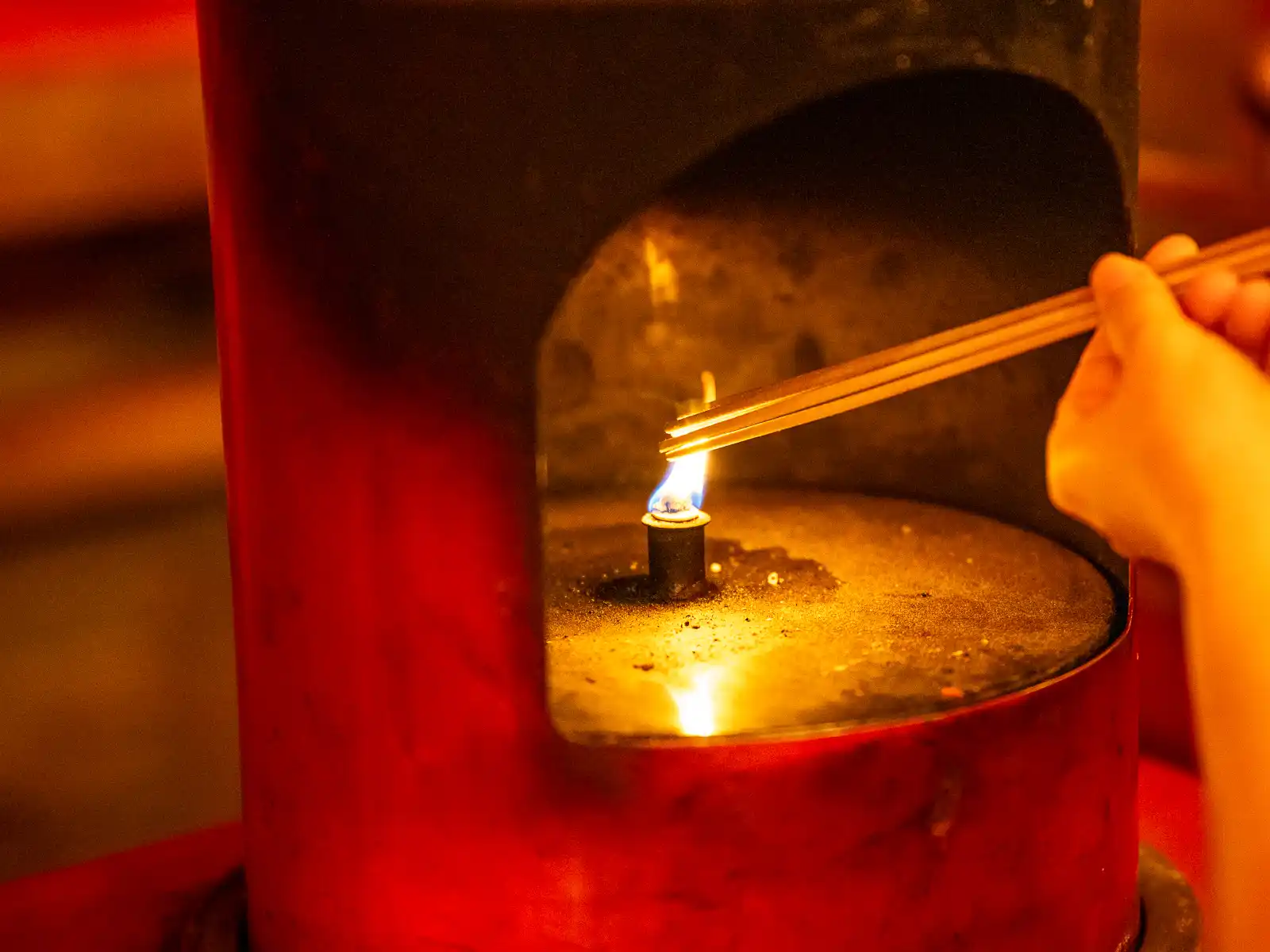
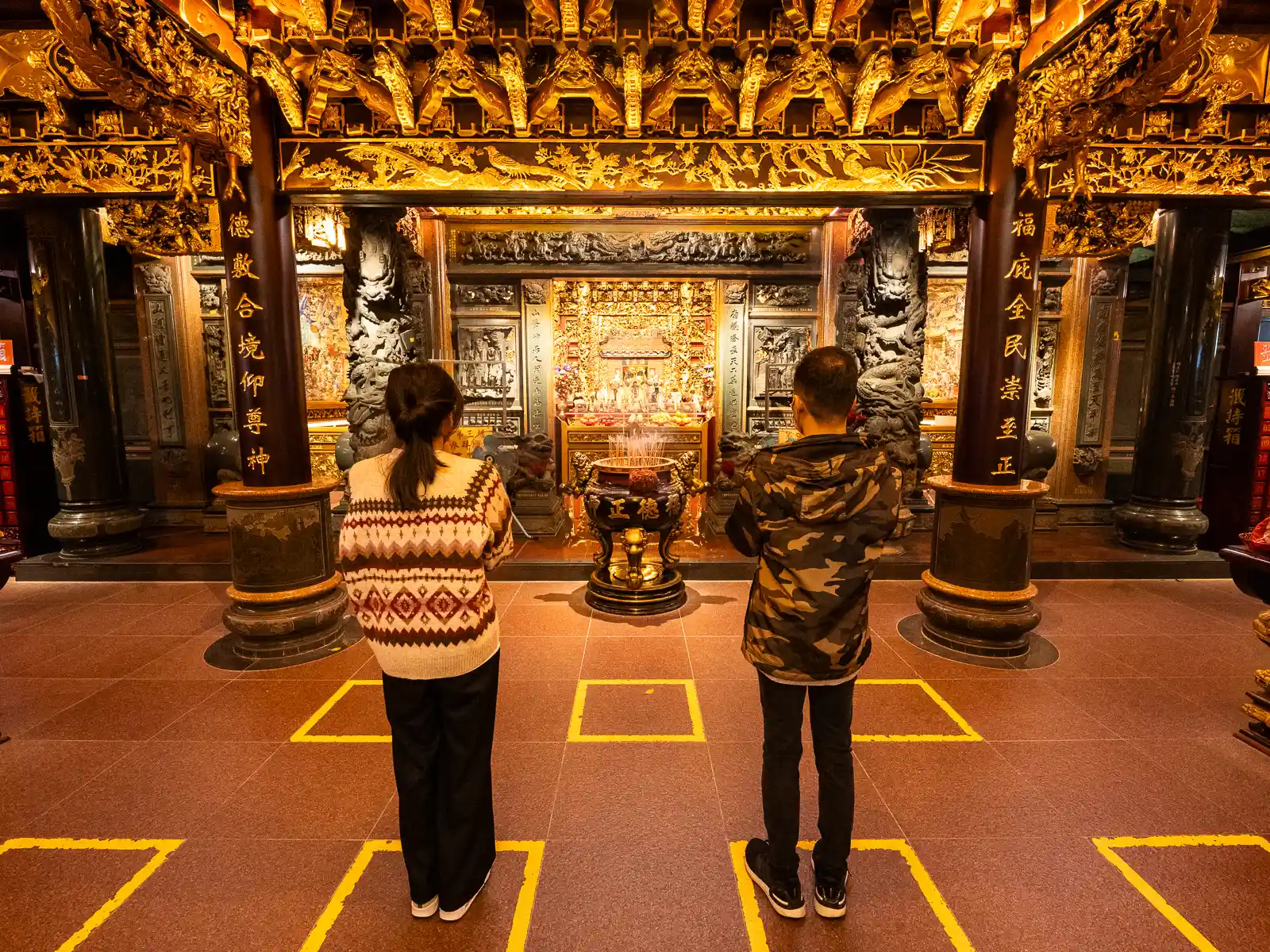
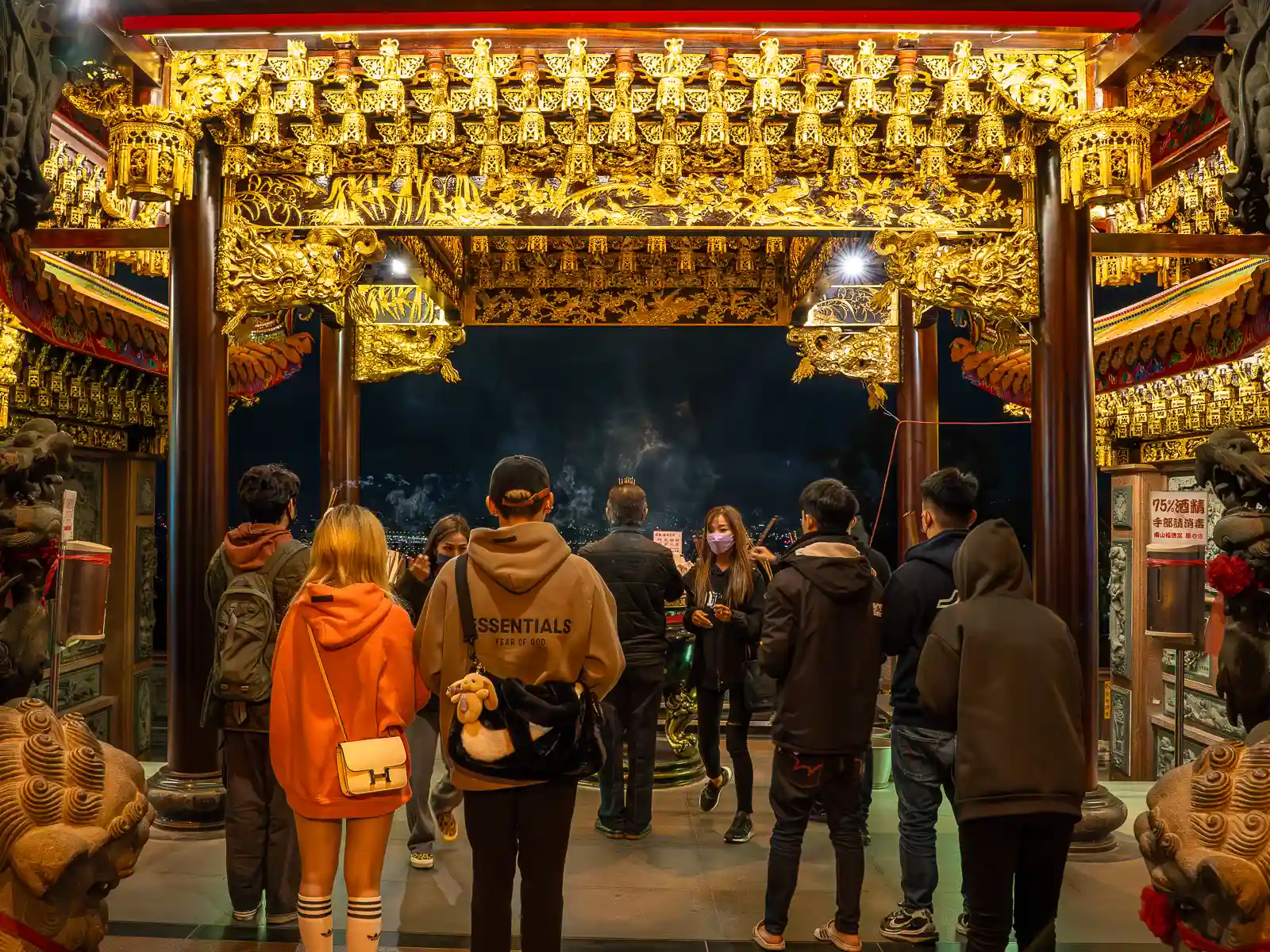
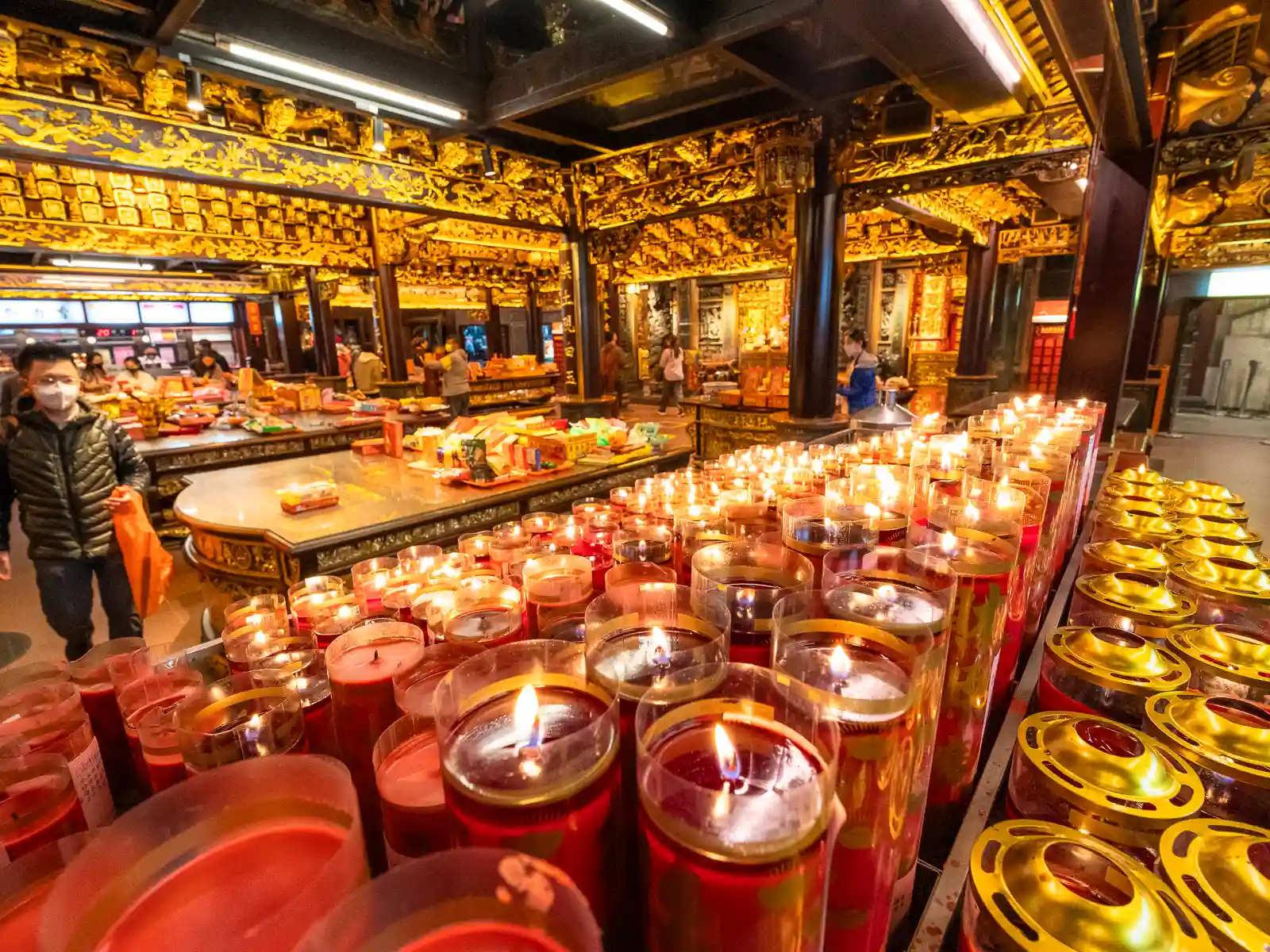
The Zhonghe Hongludi Temple, situated atop a 300-meter peak in the southern foothills of Taipei, is home to the largest Earth God in Northern Taiwan. Originally constructed to protect the surrounding neighborhoods, the temple has since evolved into a renowned hiking destination offering both the allure of financial blessings and stunning nighttime vistas of Taipei’s skyline.
The temple’s centerpiece, a golden ingot held by the Earth God, is believed to bestow good fortune upon those who touch it. The ingot is said to have a particularly radiant sheen—the result of the countless wishes for prosperity it has received over the years.
Thousand-Island Lake
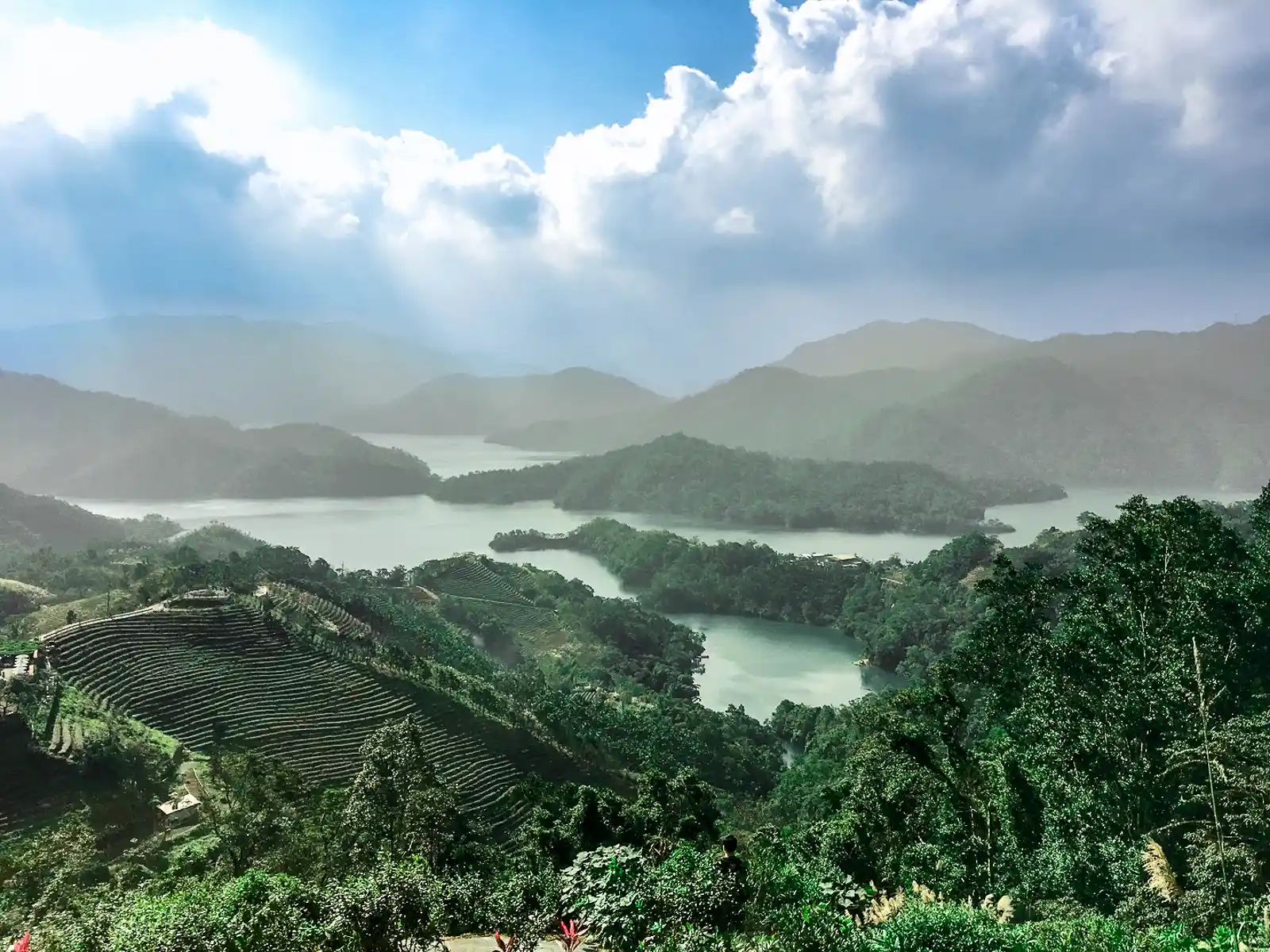
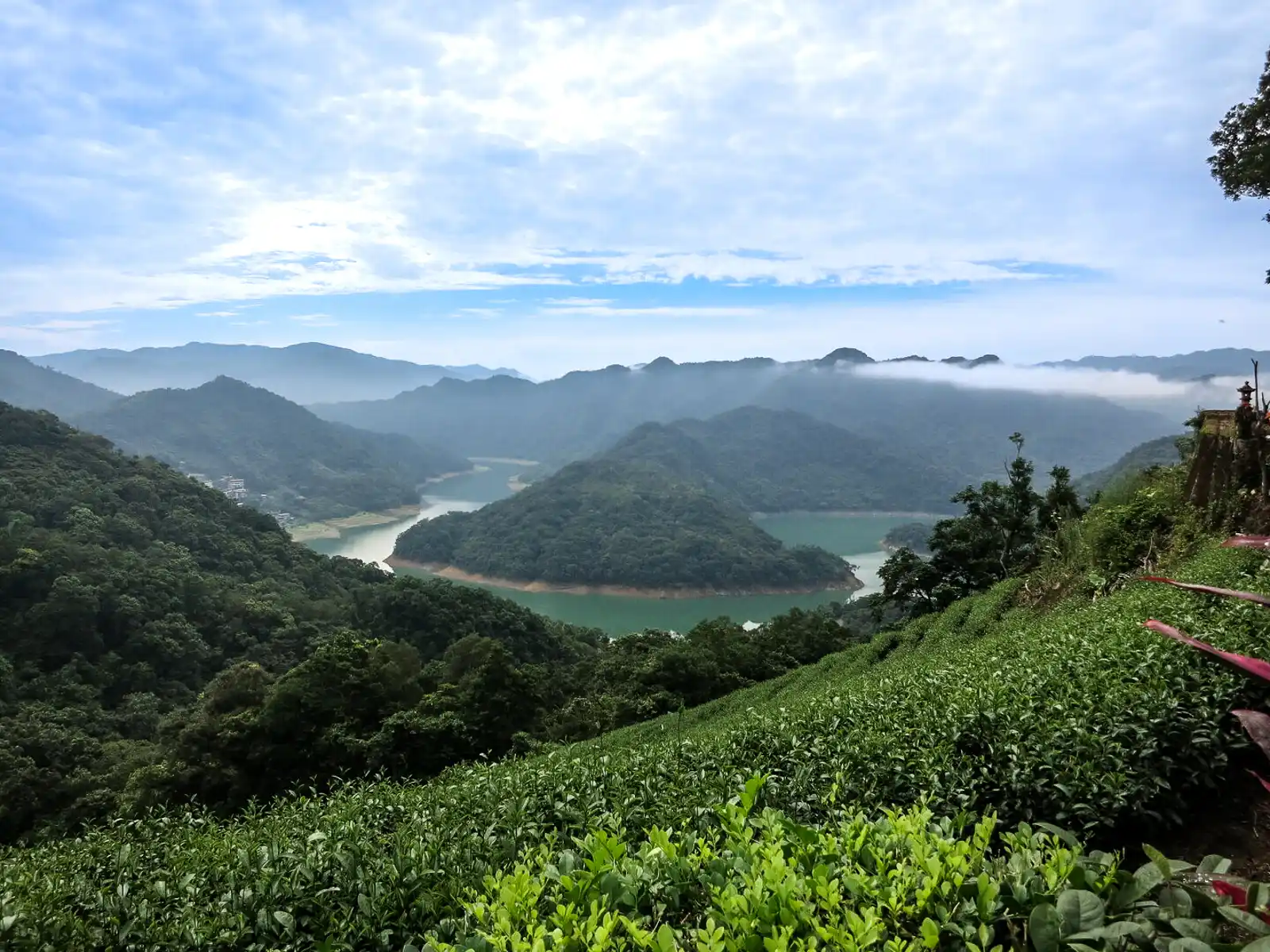
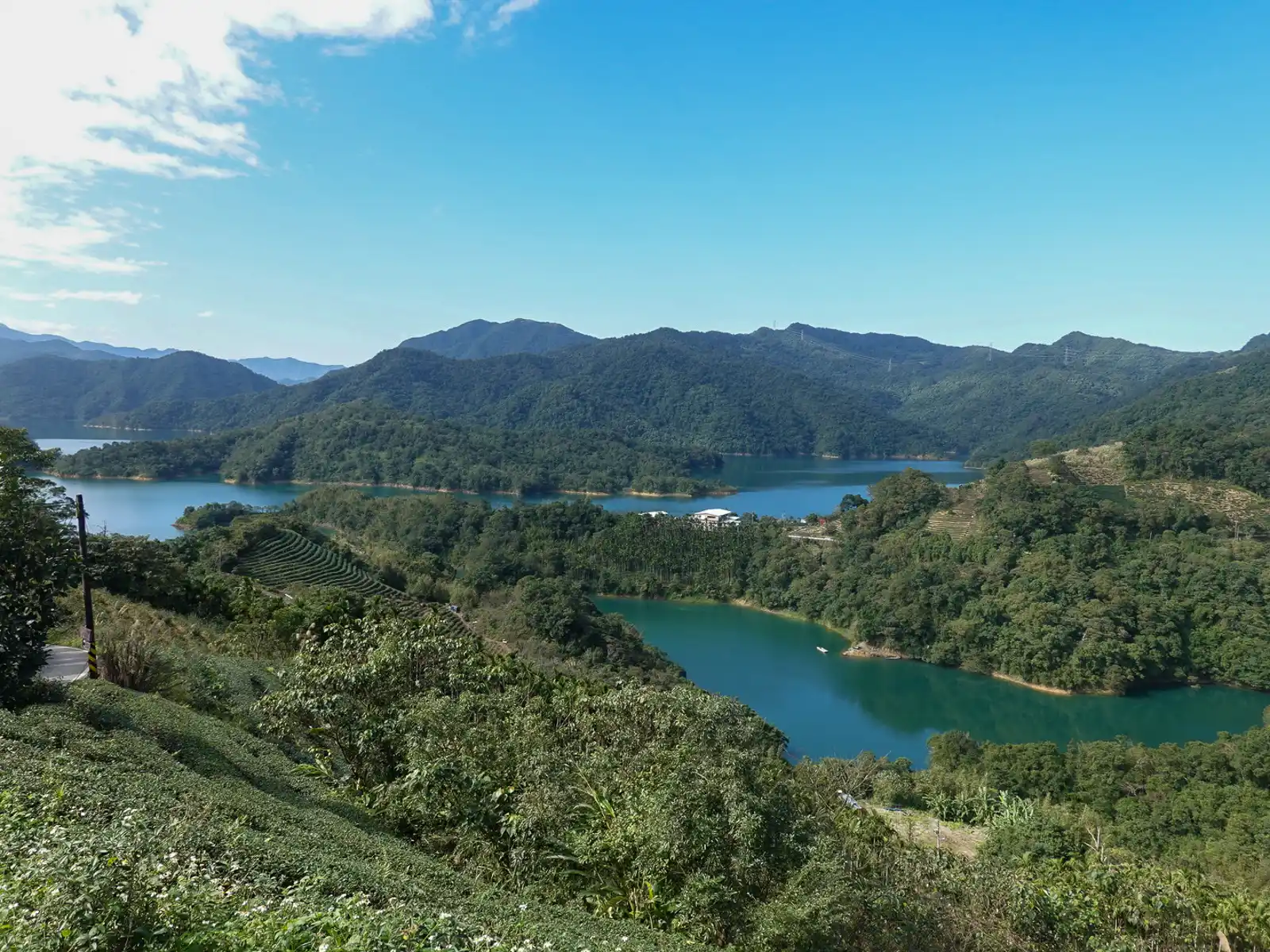
The Thousand Island Lake refers to the photogenic upper reaches of Feicui Reservoir, which is the primary water source for Taipei and New Taipei. The pristine waters of the Beishi River flow into a series of inlets and coves created by the flooding of previously mountainous land. The area is surrounded by verdant forest interspersed with charming tea plantations.
The best views can be had from restaurants and tea plantations that are scattered throughout the nearby hills. On fair-weather days, some of the higher-elevation viewing platforms offer beautiful views of the rolling mountain ranges that surround the lake. Beware, some of the roads leading to restaurants and tea plantations from the Northern Cross-island Highway may be relatively steep farm roads.
Big Bear Cherry Blossom Forest *Seasonal*
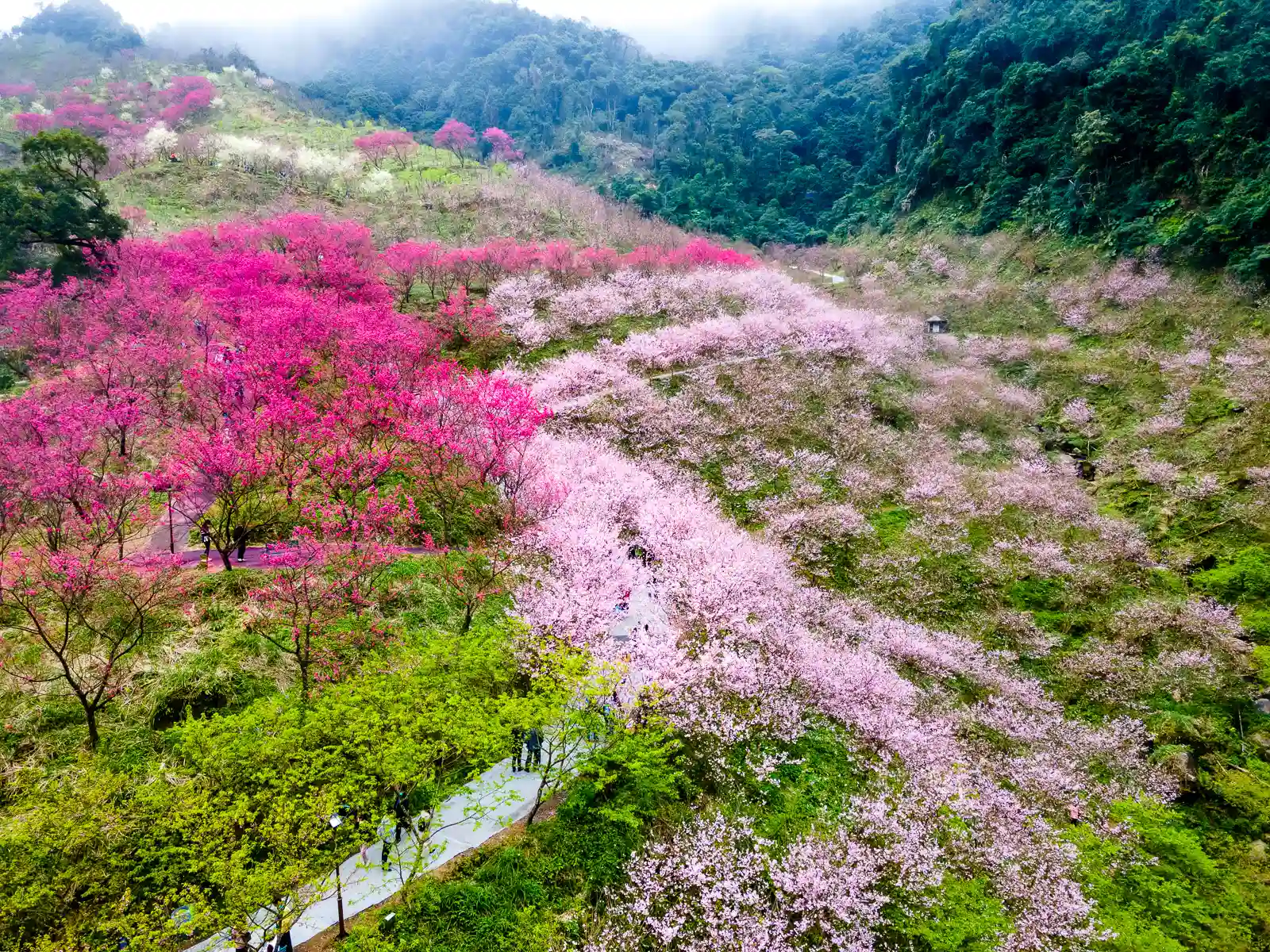
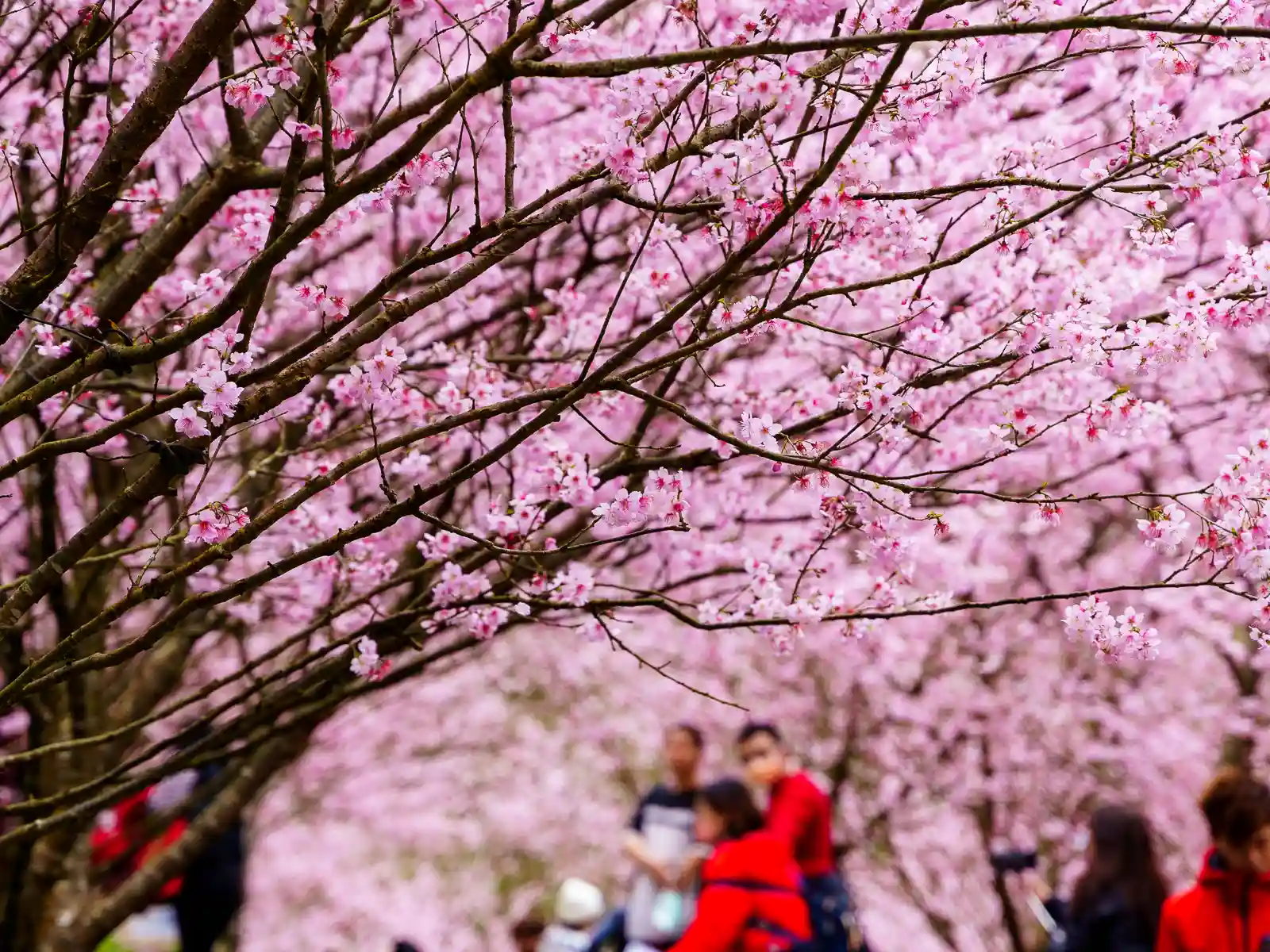
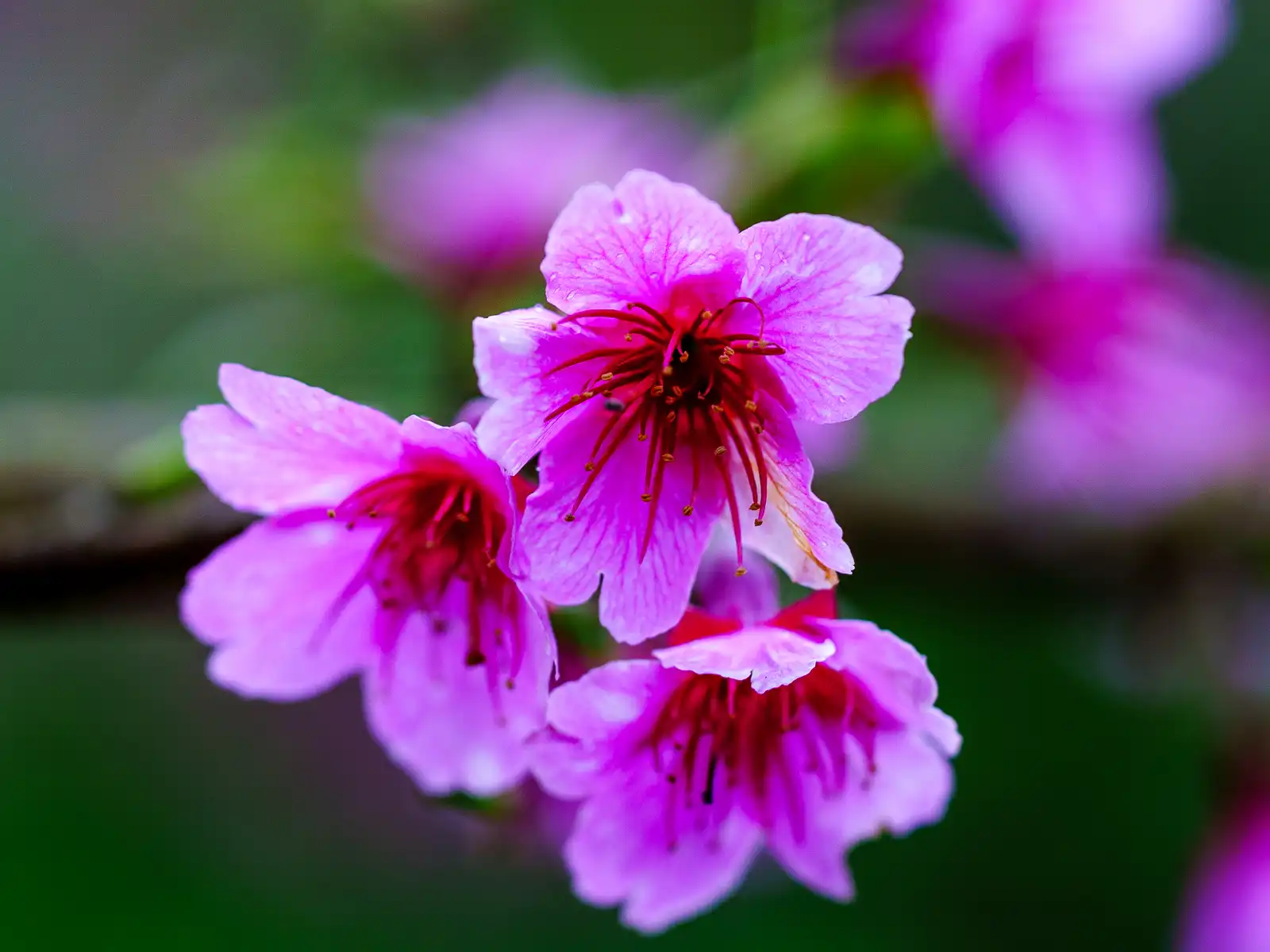
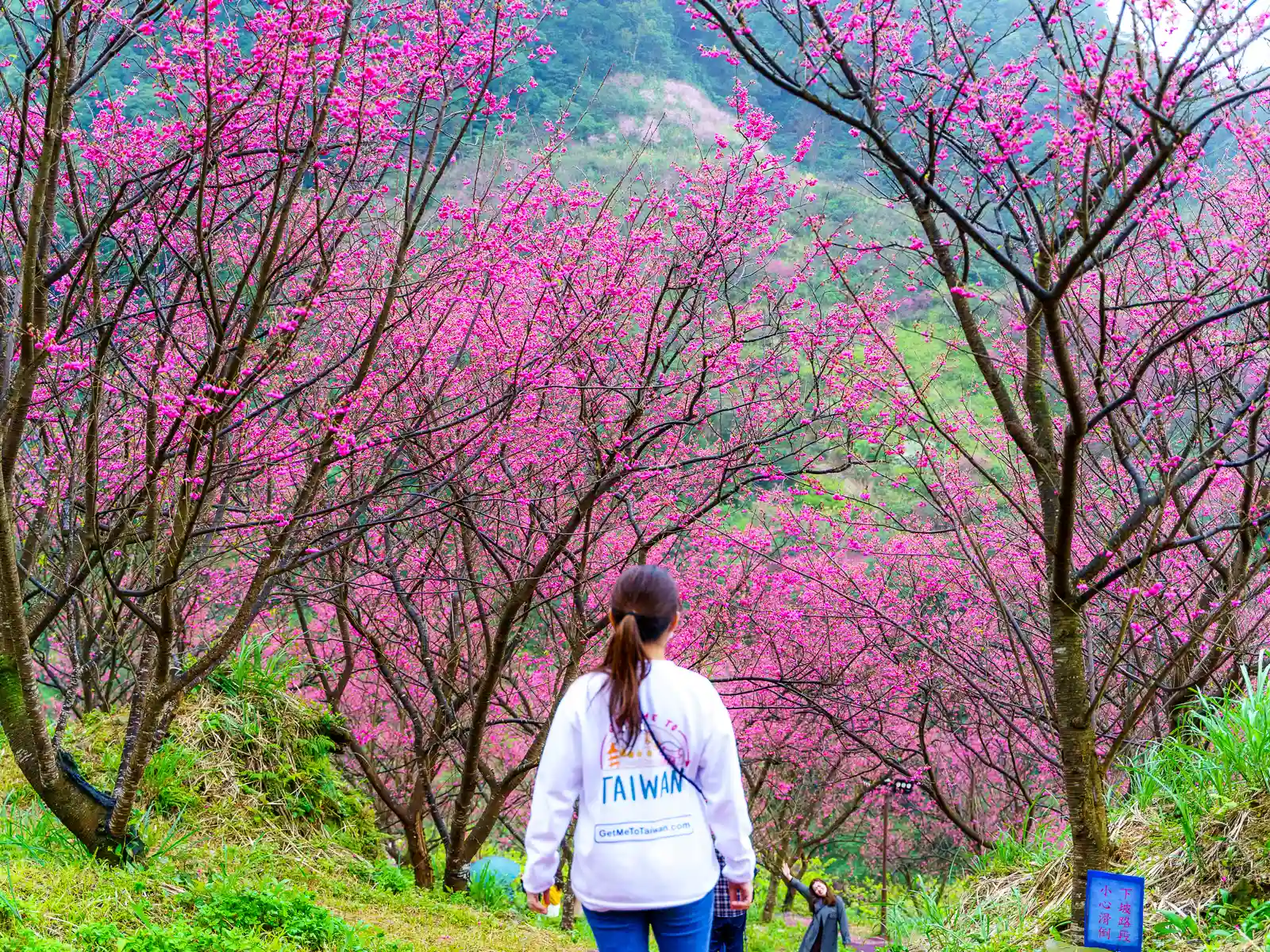
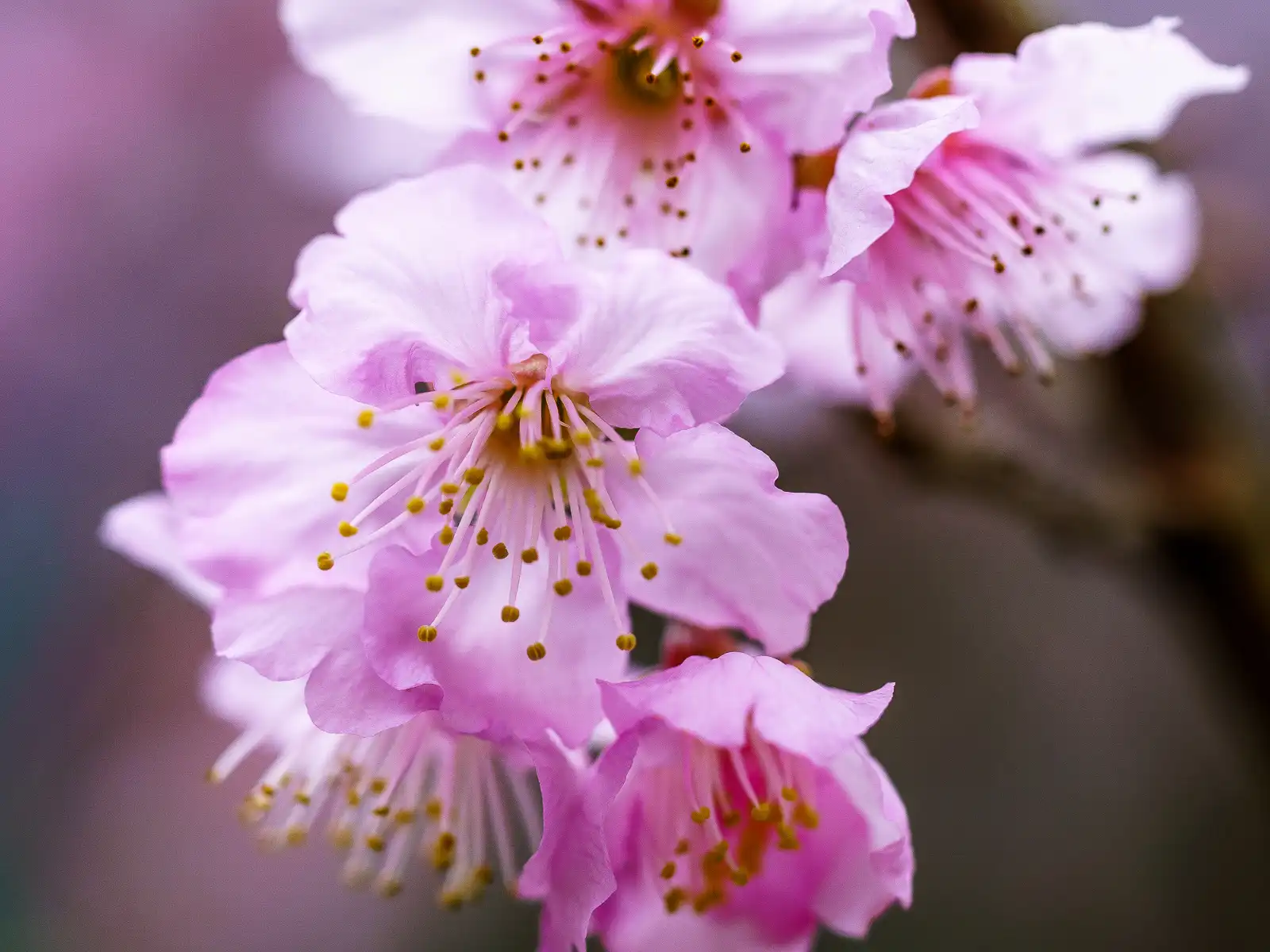
The Big Bear Cherry Blossom Forest in Sanxia stands as a highlight among North Taiwan’s prime locations for experiencing the beautiful spectacle of cherry blossoms. The Big Bear Cherry Blossom Forest features a diverse array of cherry trees, including the elegant Yoshino cherry with its delicate white and pink petals, the vivid red Formosa cherry, the Fuji cherry boasting pristine white petals, and the Oshima cherry, also adorned with white petals.
The blossoming period usually begins in late winter and extends into early spring, its exact timing influenced by the specific weather conditions of any given year.

